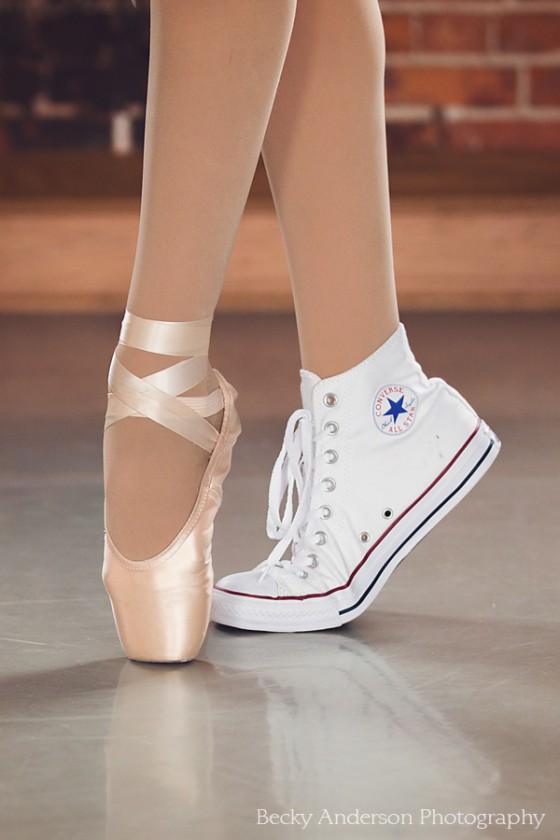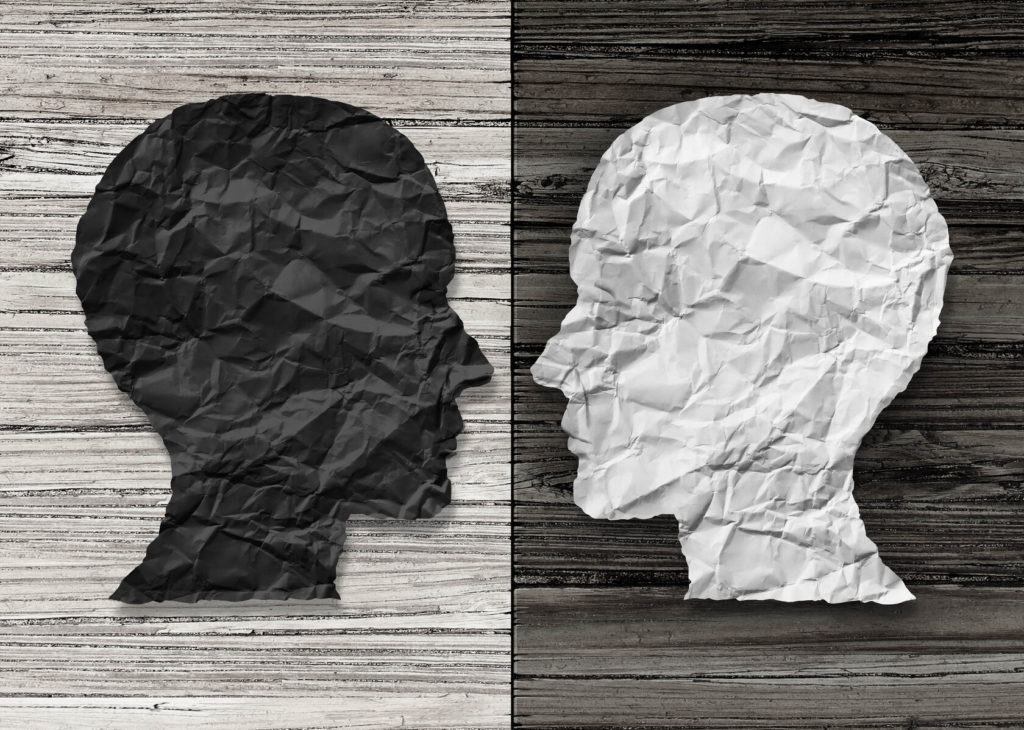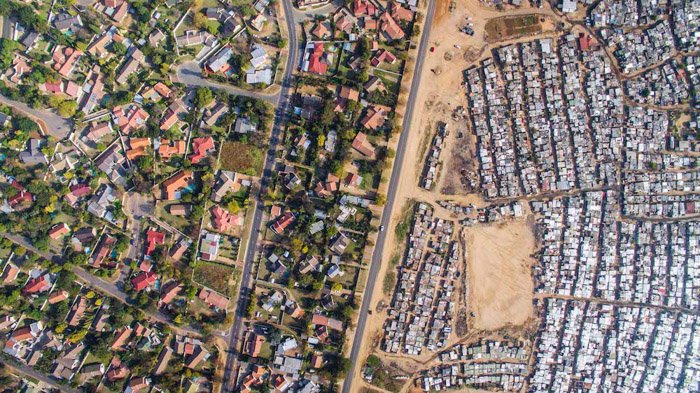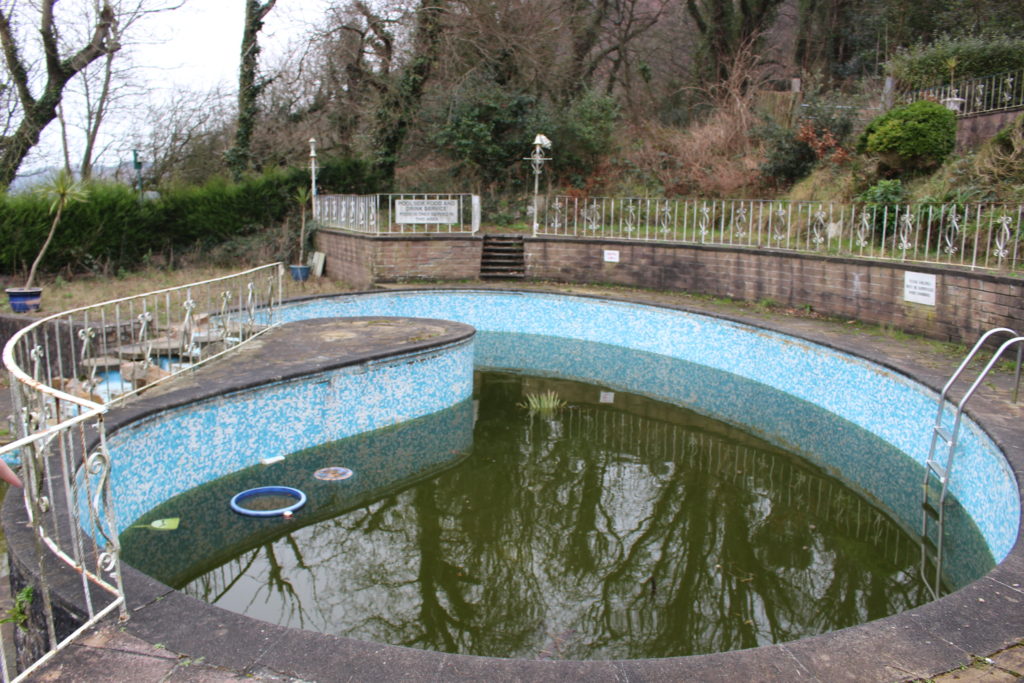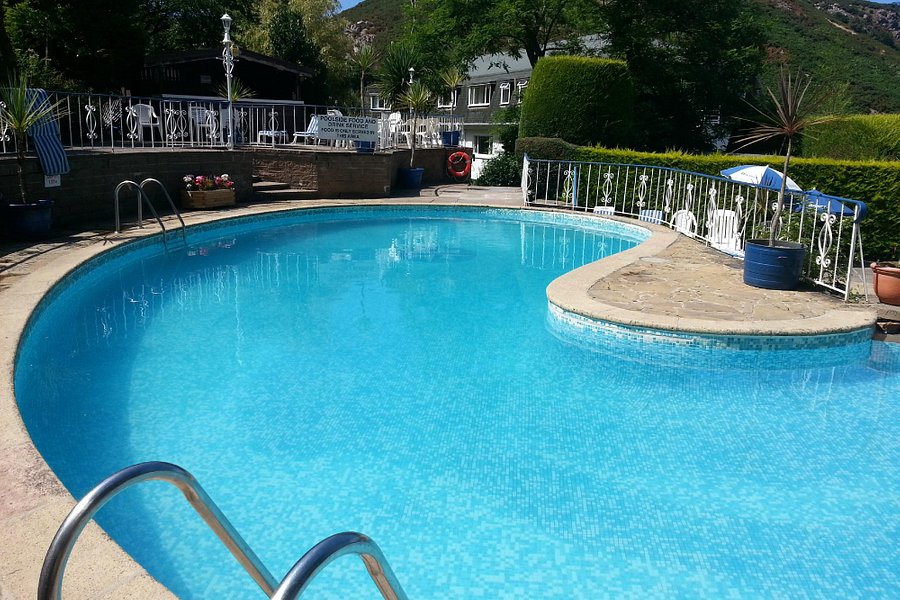is the period of time during which human activities have had an environmental impact on the Earth regarded as constituting a distinct geological age
Anthropocene in photography
is showing the effect humans have on the world and its landscape through the use of photos. Using photographs to bring light to serious topics such as Anthropocene is effective because by using photos almost anyone anywhere can view the effects humans are having on the earth which without photography they would otherwise never know even existed. By using wide and broad photos of ravished landscapes which have tarnished due to the actions of mankind. These kinds of images can be really impactful and make the viewer think more than standard contemporary art.
Why explore Anthropocene through Photography?
Photography is a good outlet for Anthropocene research because most of the time the effects that humans have on the earths climate and landscapes is visual in the form of reduction i.e deforestation & terraforming, as well as development of buildings which eventually formed city’s and mega cities- which can be well documented over time through the use of photography.
Issues with Anthropocene
One of the main problems we face with regards to humans impact on earth is overpopulation. Population growth is also important because it affects the Earth’s ability to withstand climate change and absorb emissions, such as through deforestation as land is converted for agricultural use to feed a growing human population. We are currently adding more than 80 million people a year to our global population. This ultimately leads to humans footprint on the earth growing larger and larger, because there is currently a housing crisis (plus the increased rate of material extraction it takes to solve this crisis)- and with such exponential increase in the population every year it leads to increase in the extraction of resources from the environment. These resources include fossil fuels (oil, gas, and coal), minerals, trees, water, and wildlife, especially in the oceans; as well as cities becoming ultra dense areas of concentrated emissions- negatively affecting the climate leading to global warming which is what is causing rising tides, increases in extreme weather, loss of habitats and ultimately the demise of our planet.
Capitalism’s Effect On The Planet
The world being mostly Capitalist in that most country’s trade and industry are controlled by private owners for profit, rather than by states- usually leading to large company’s and corporations adopting un-ethical practices to save money such as illegal dumping of dangerous waste, deforestation and illegally high emissions.

Photoshop Ideas
Laura Romero
Spanish photographer living in Mexico takes photos in the urban city landscapes,
Comparison
One piece I will consider for my exam is a board filled with old photos of Jersey alongside new photos of that area to show the change humans have brought upon Jerseys landscape- particularly focusing on the development and land reclamation around Castle Quay La Collete.


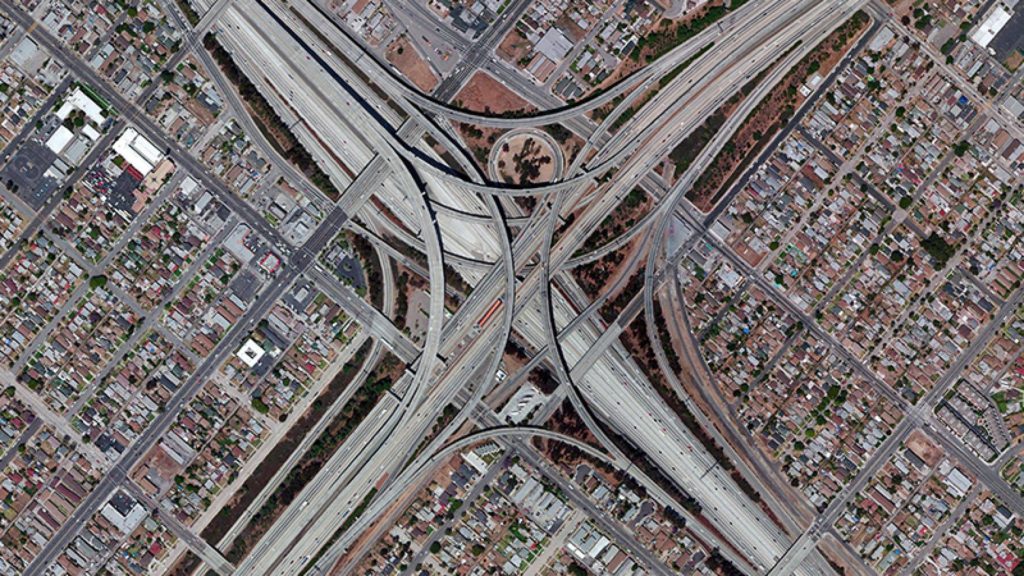


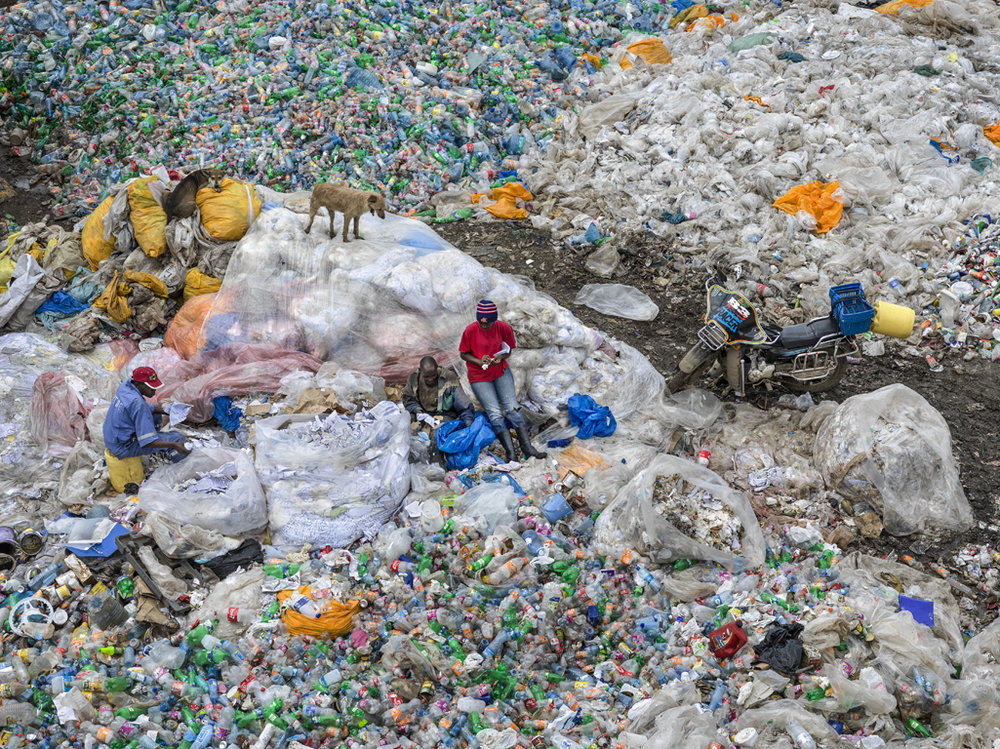
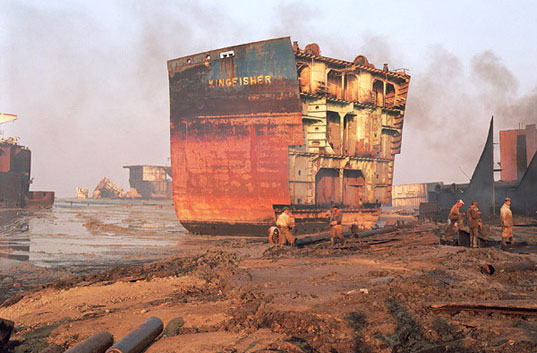
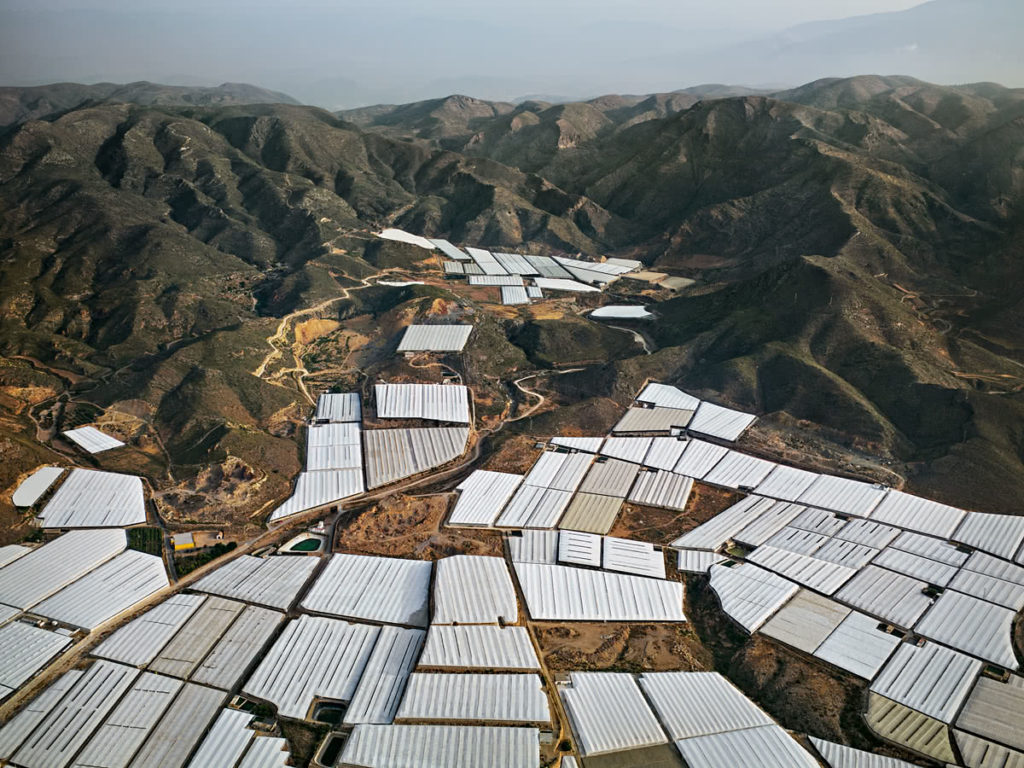
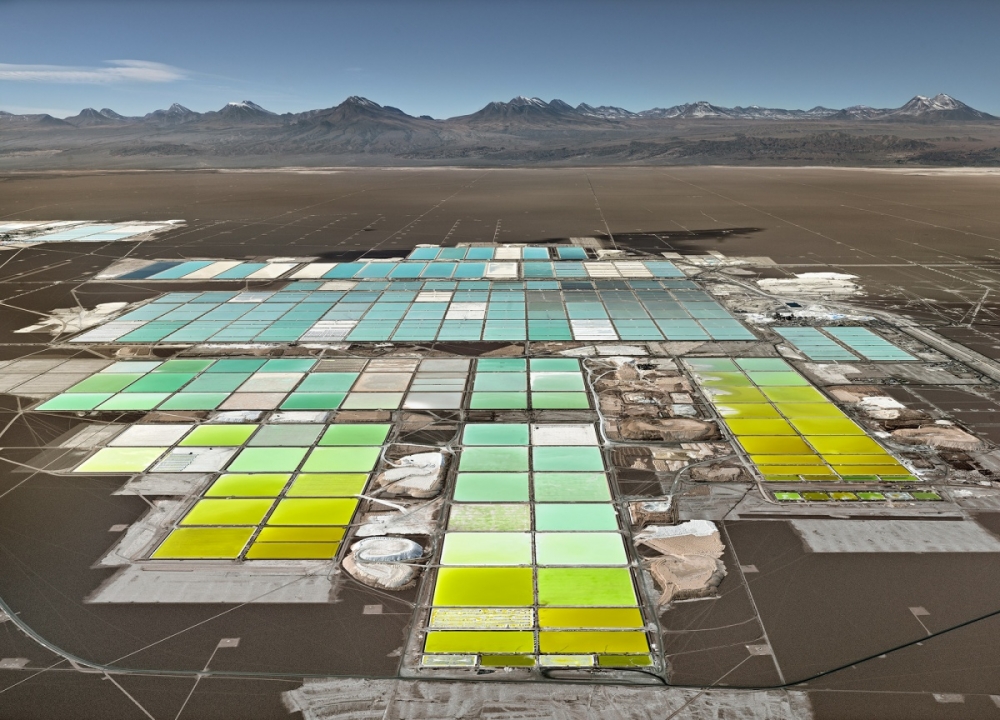



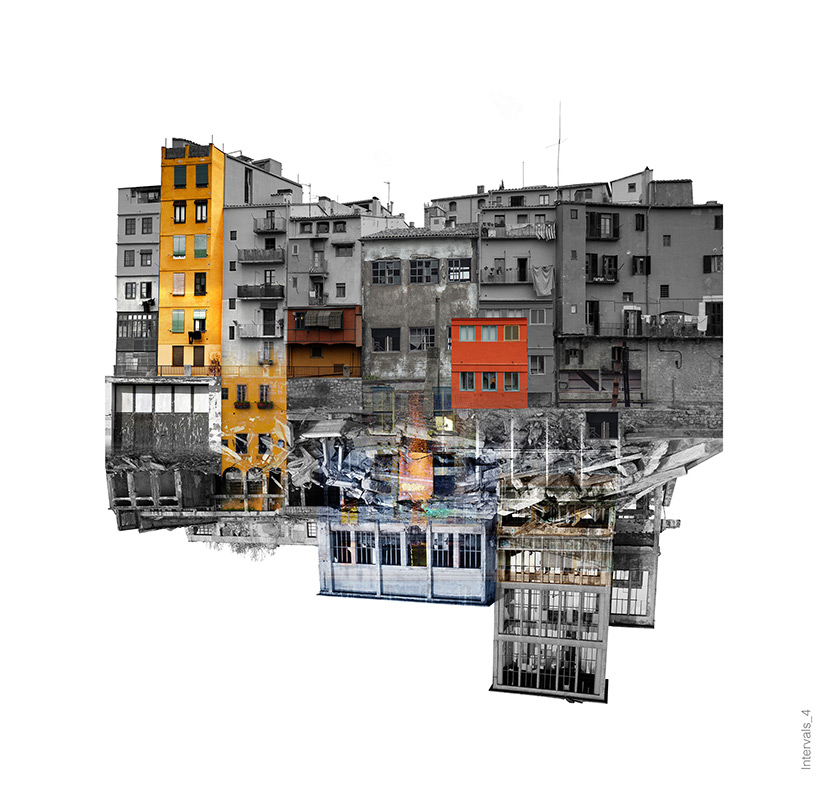
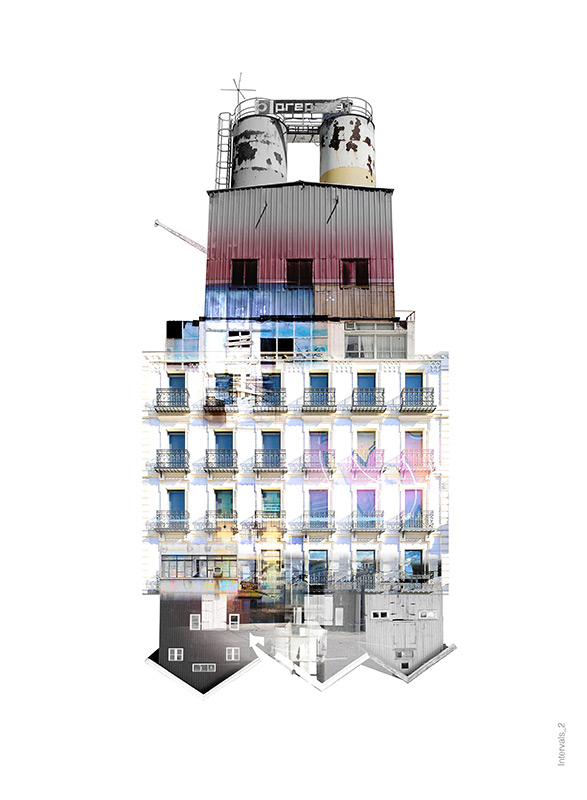

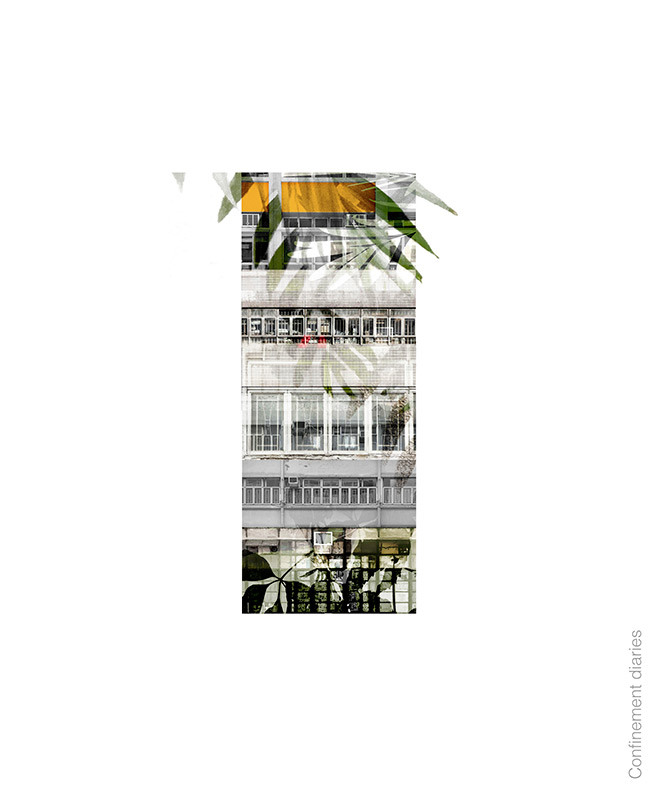
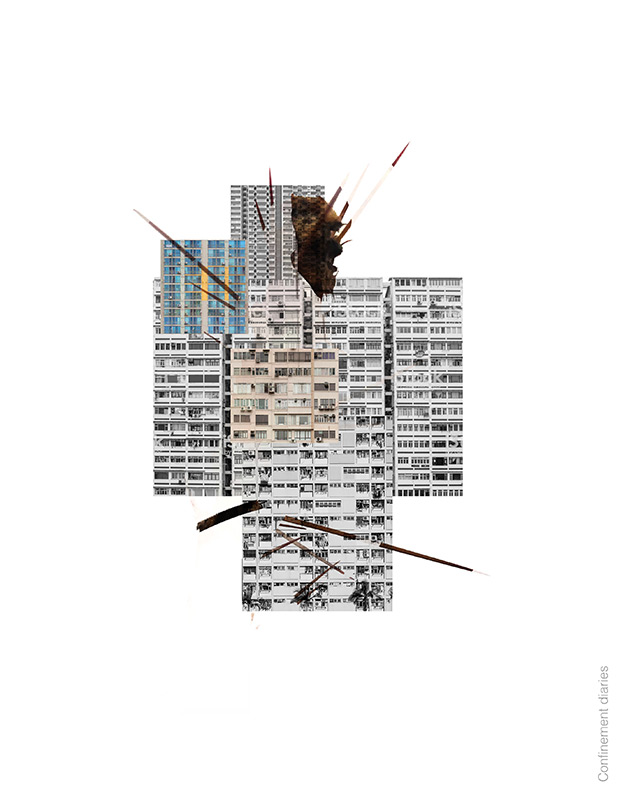
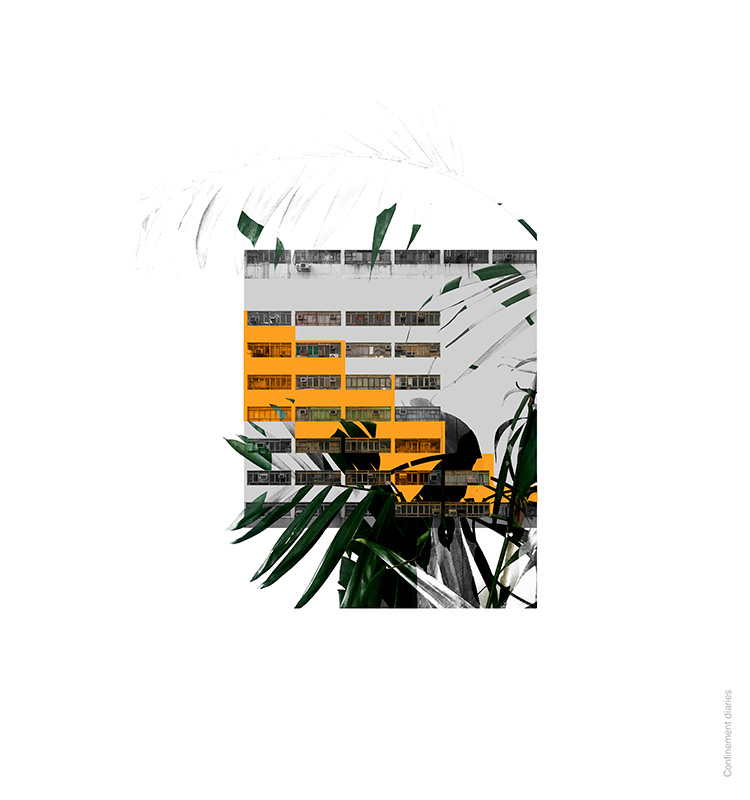

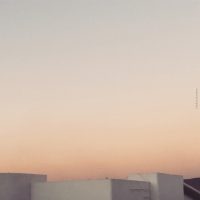
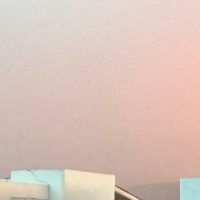
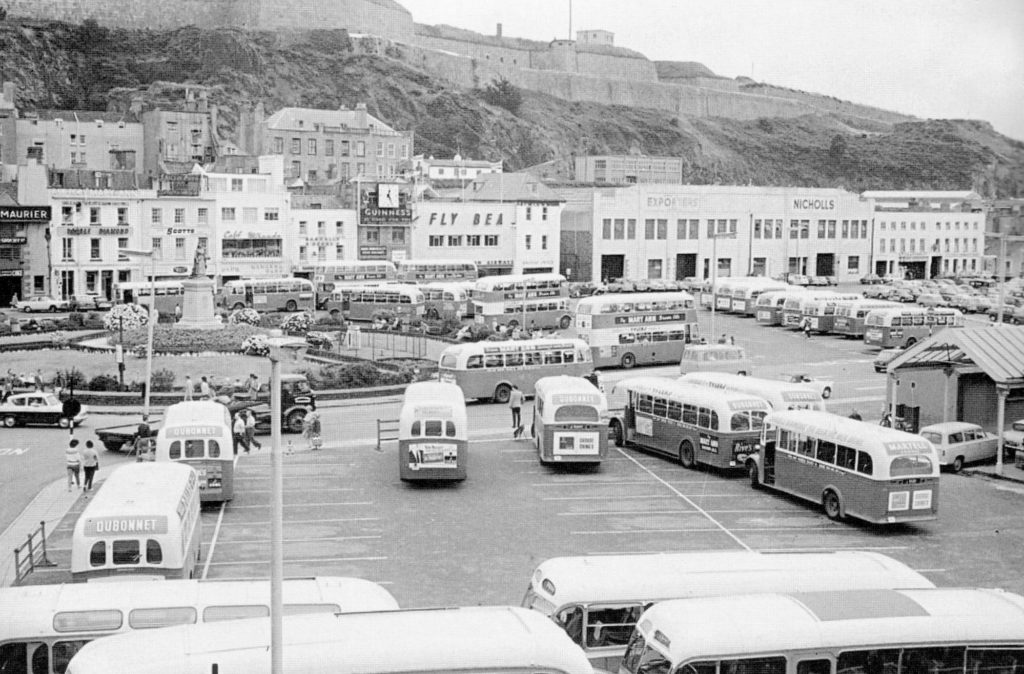
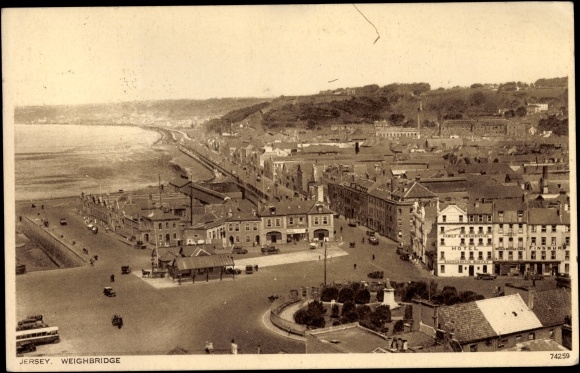



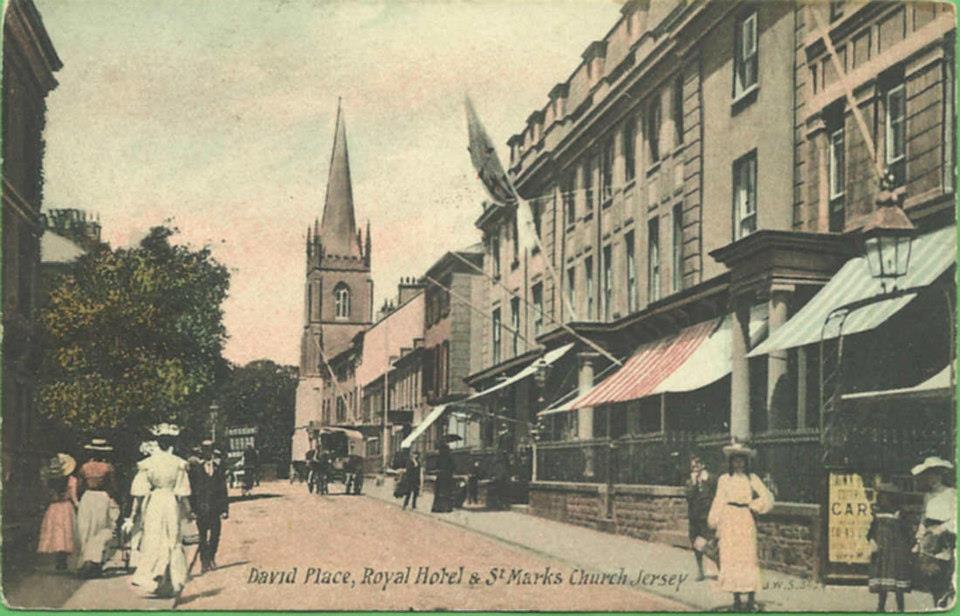

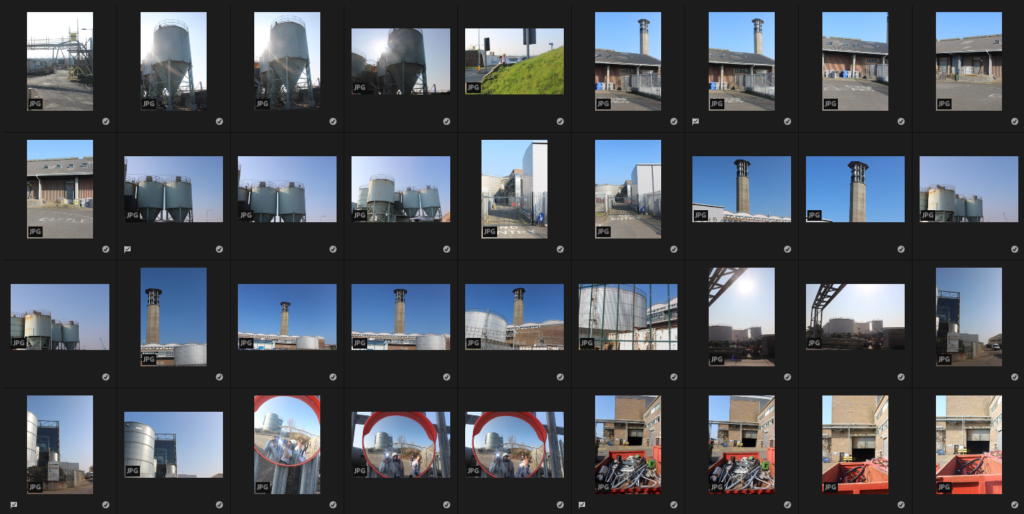

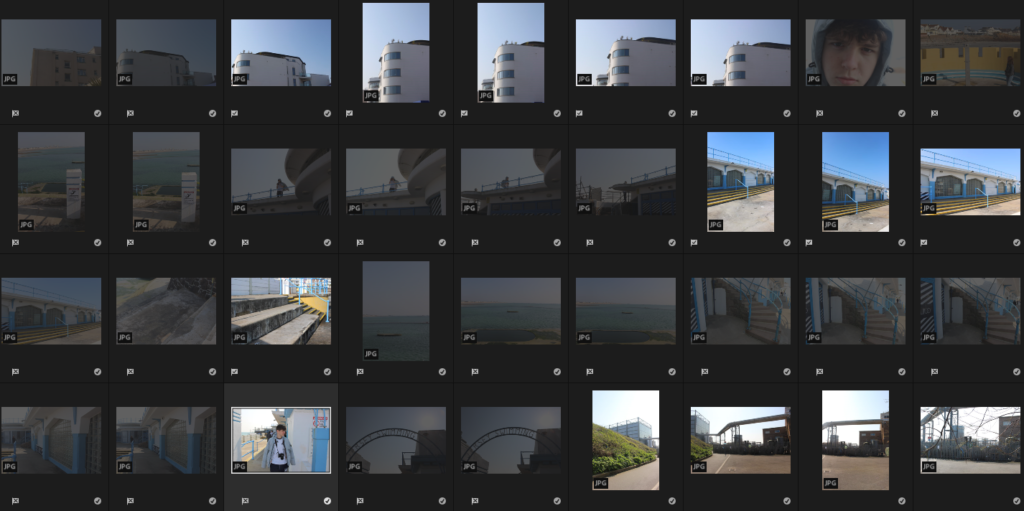
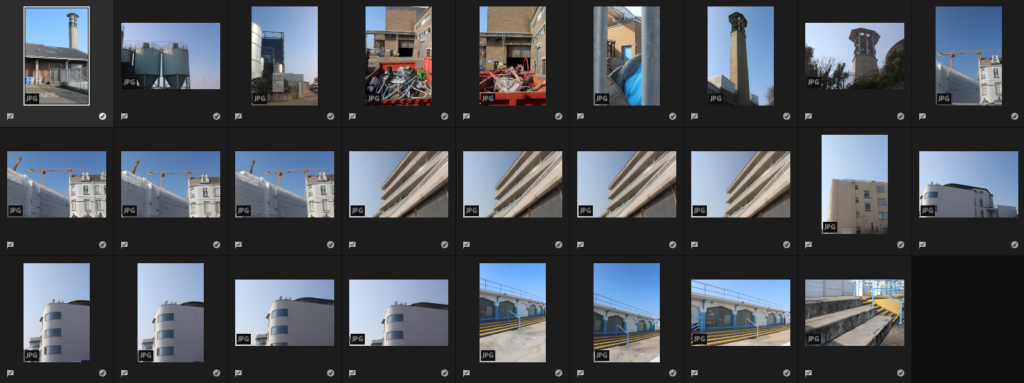
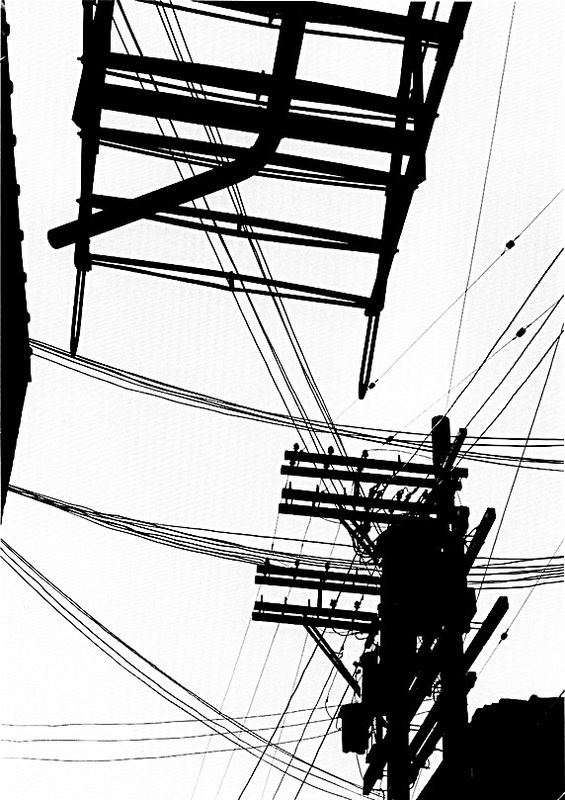
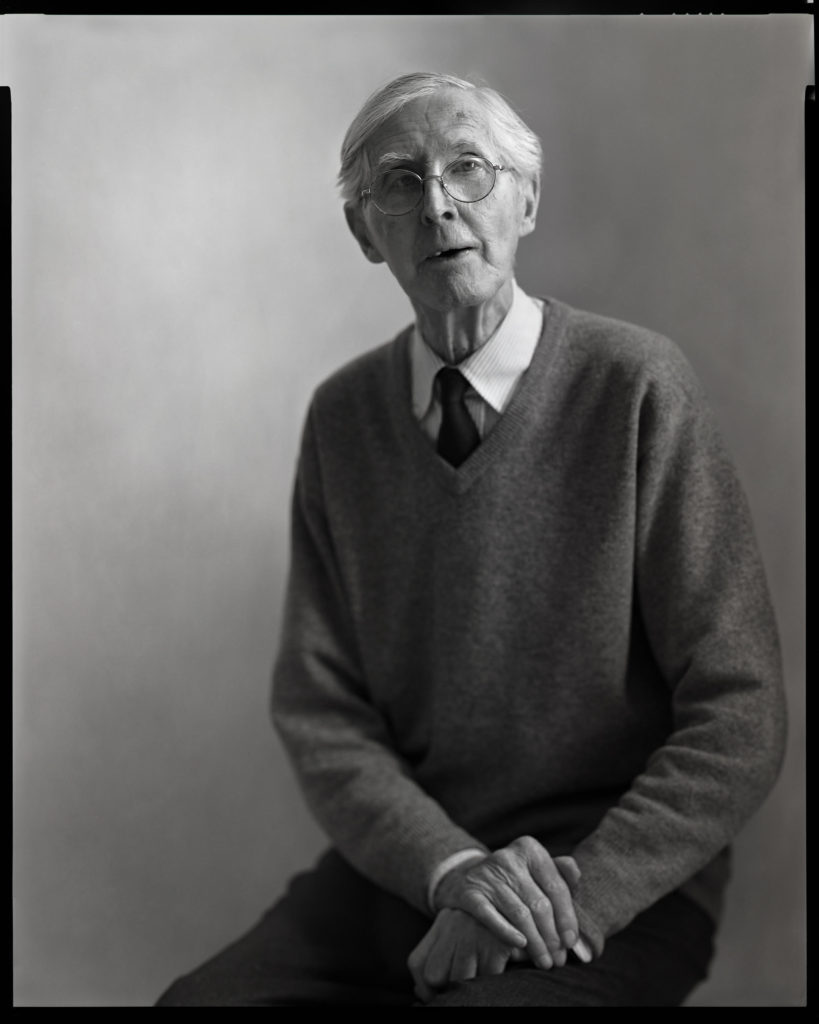
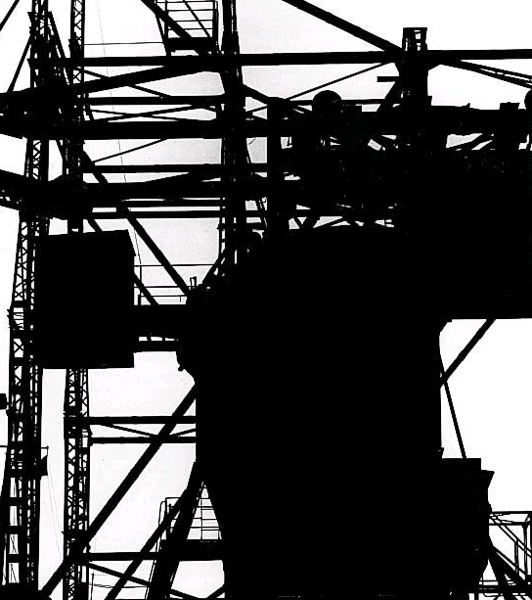
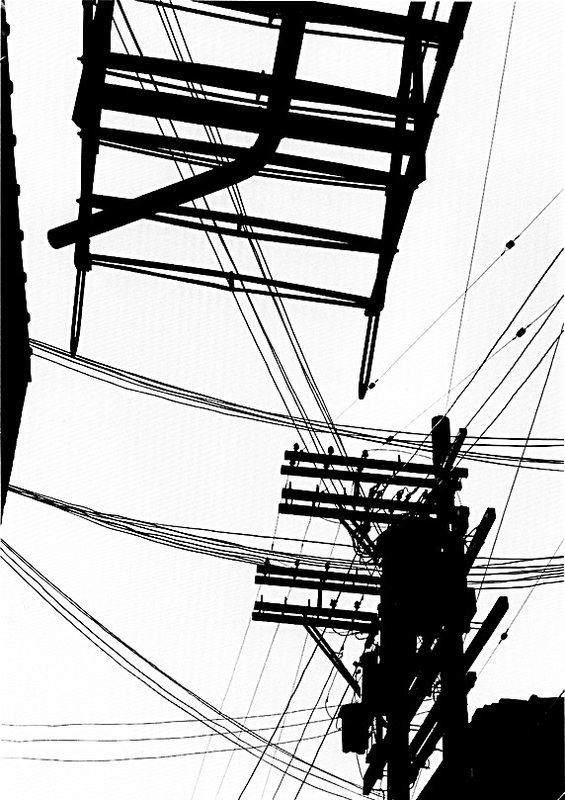
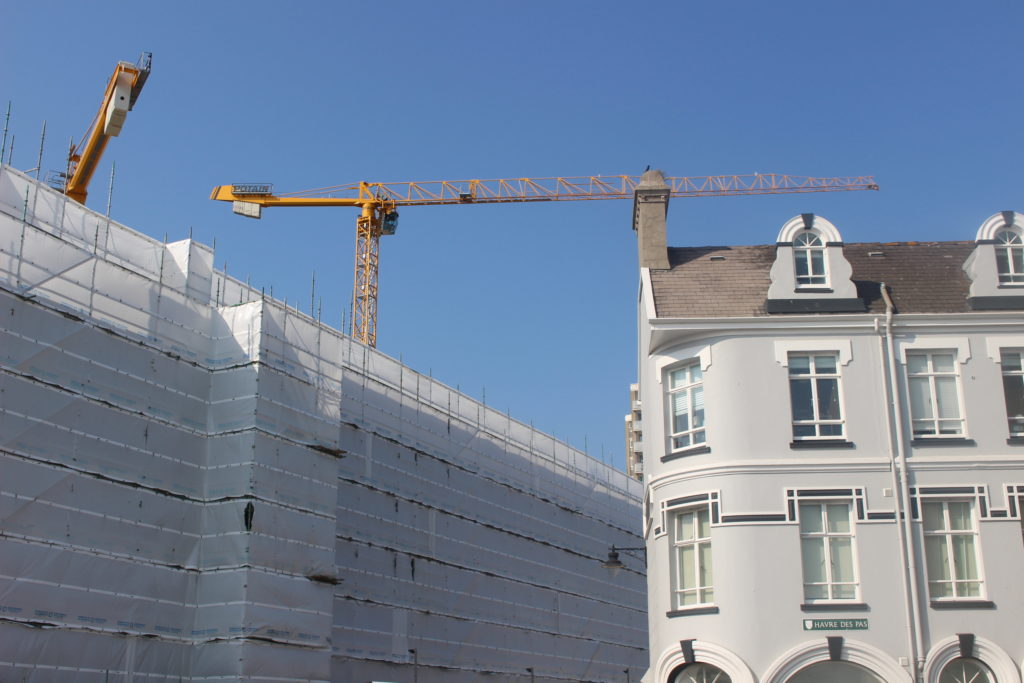

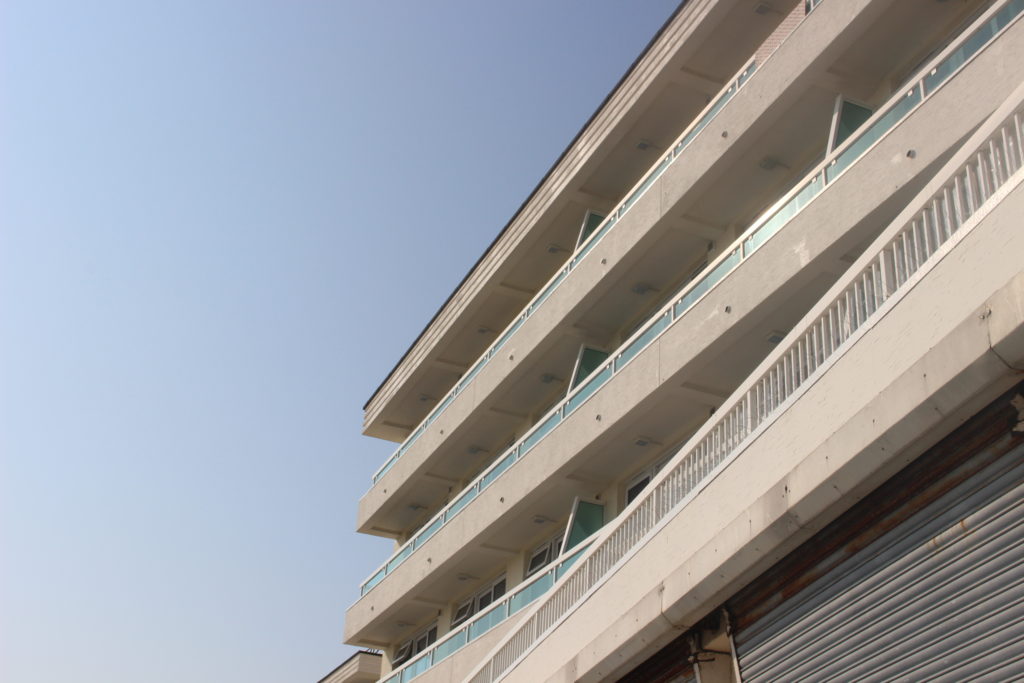
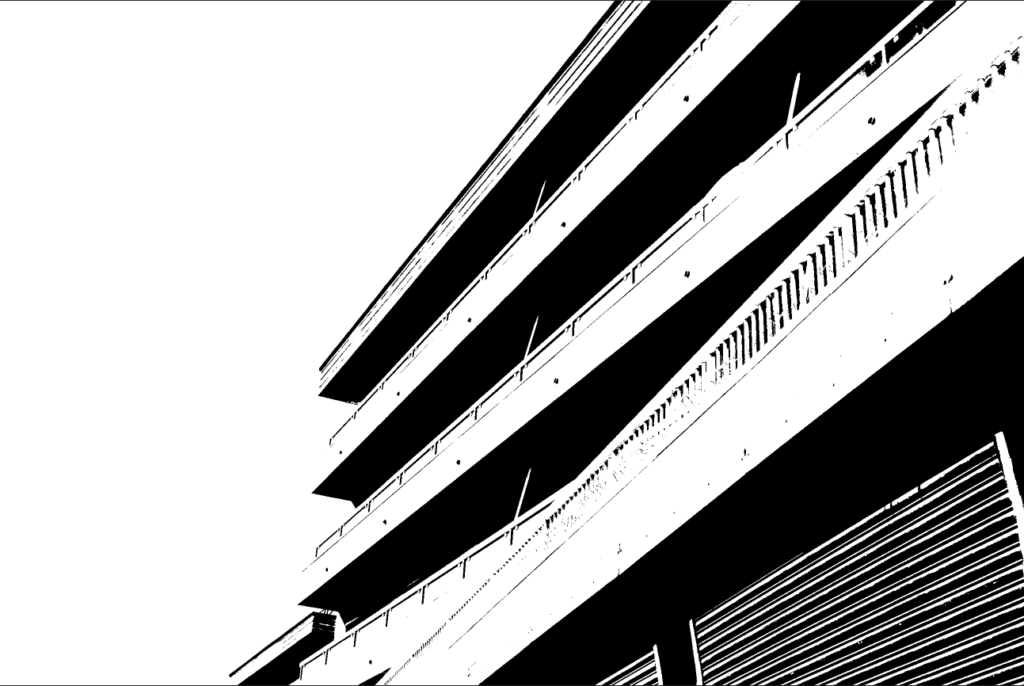
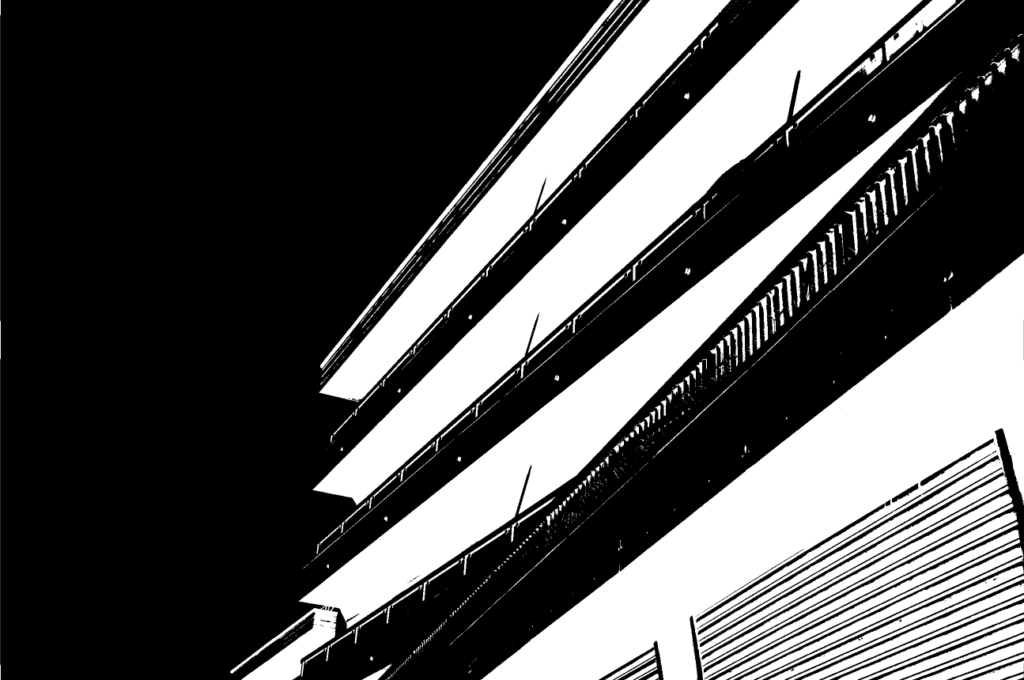
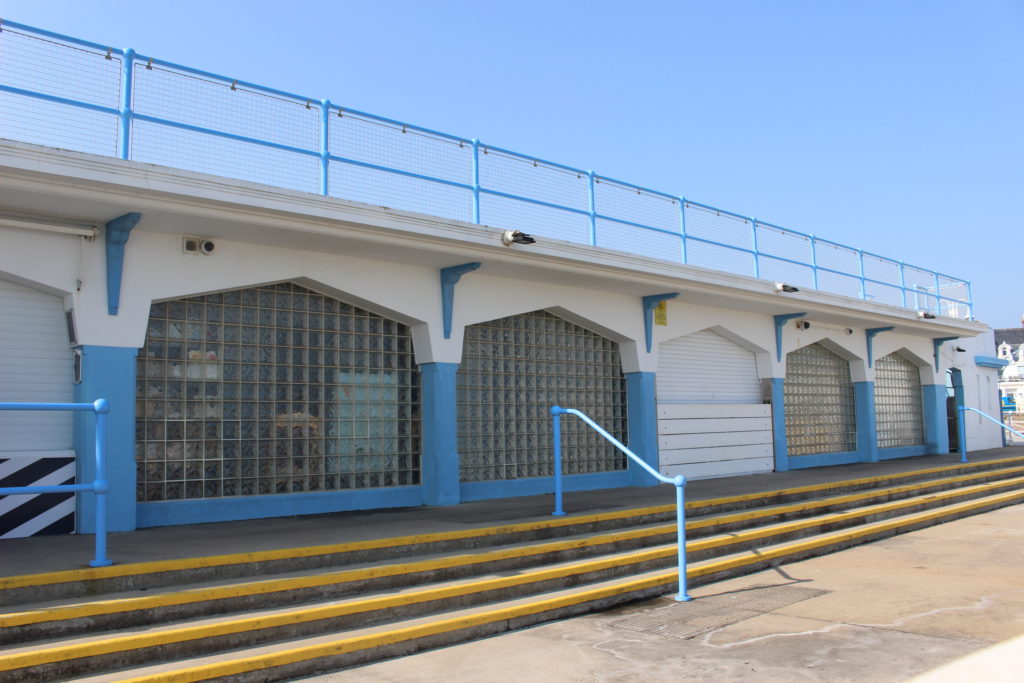


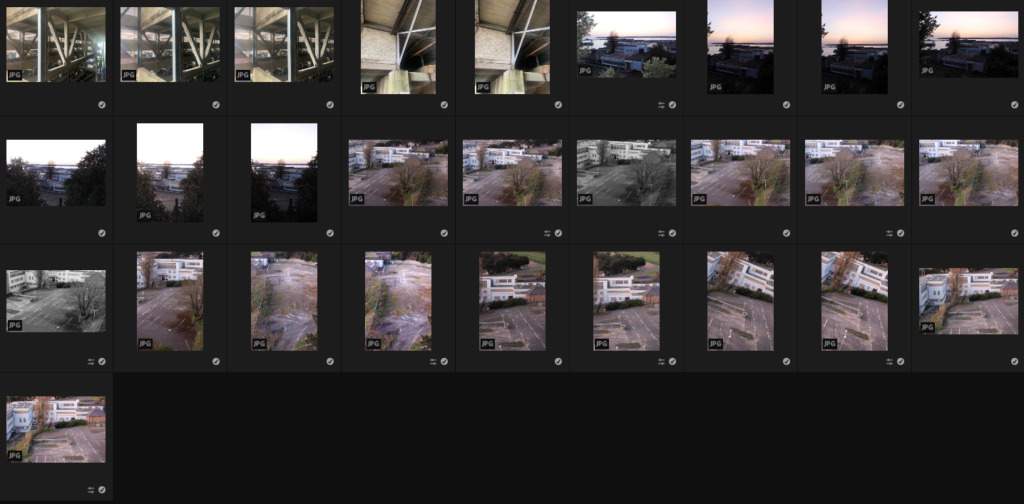
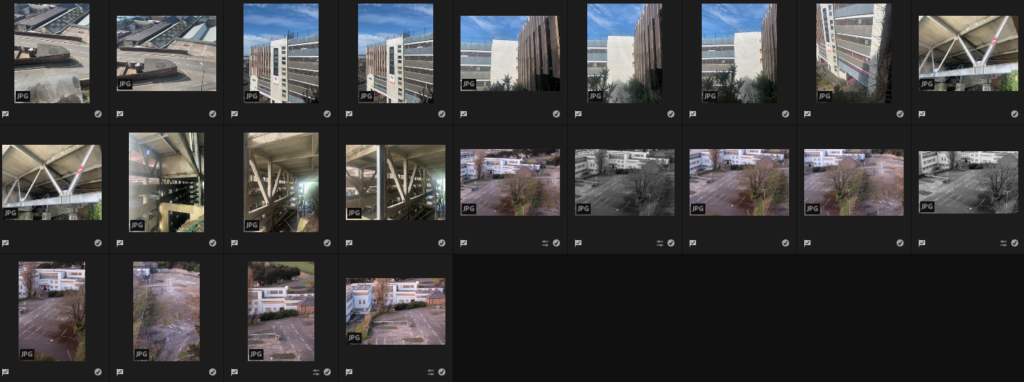
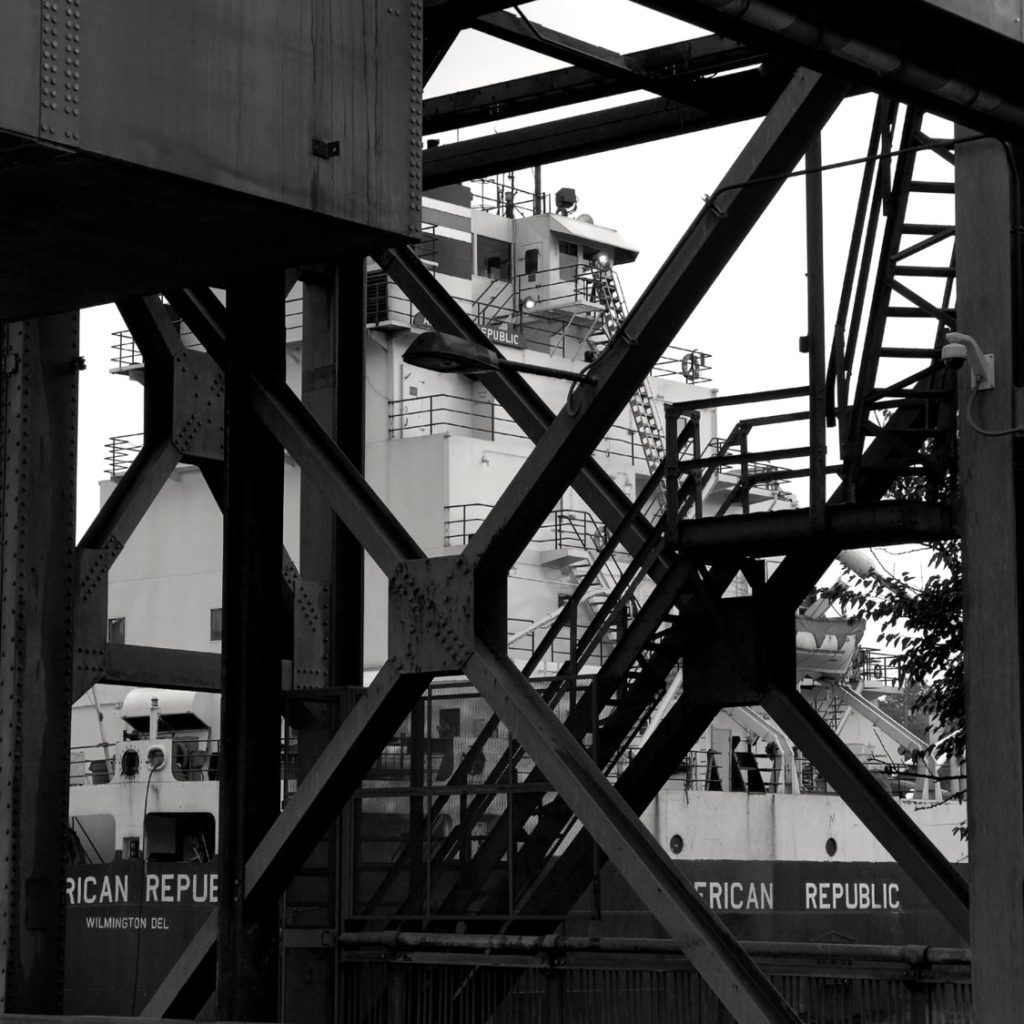
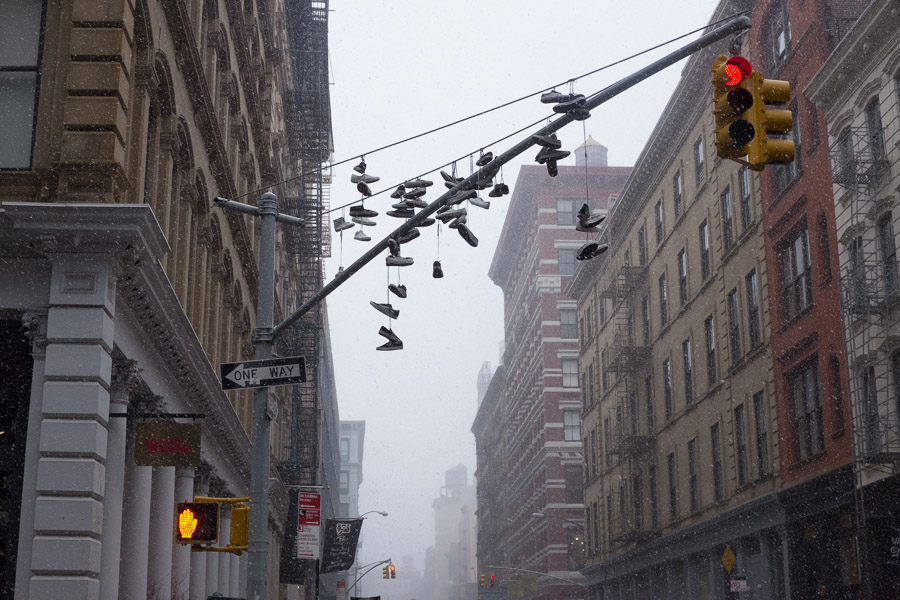


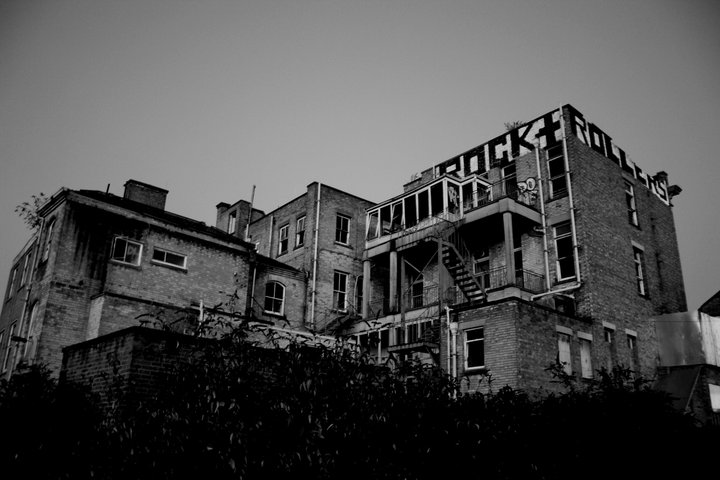

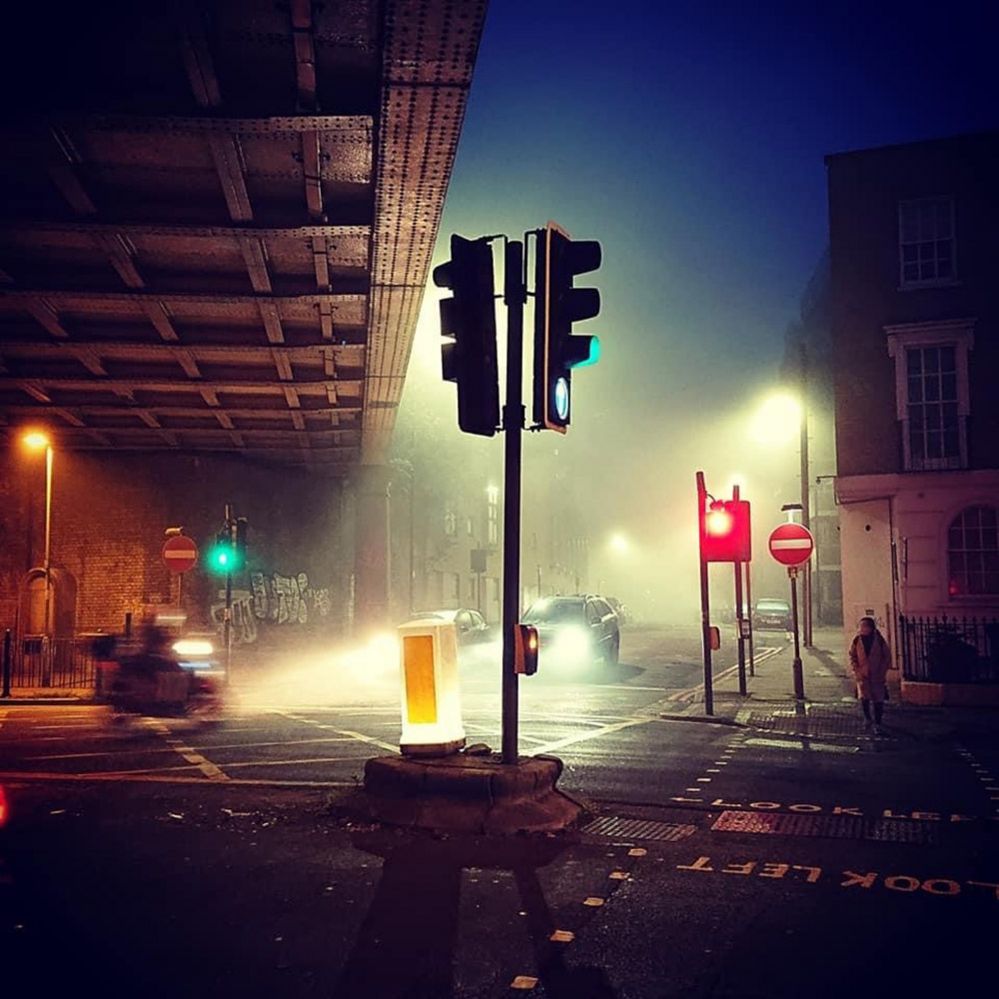

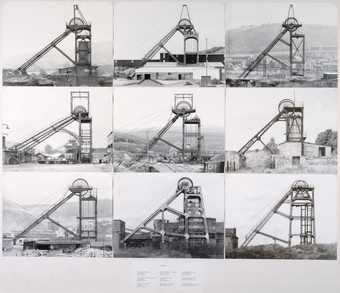

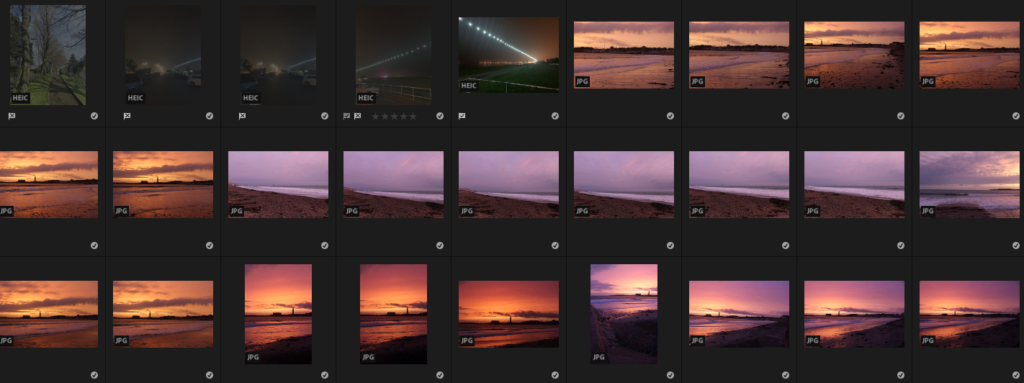
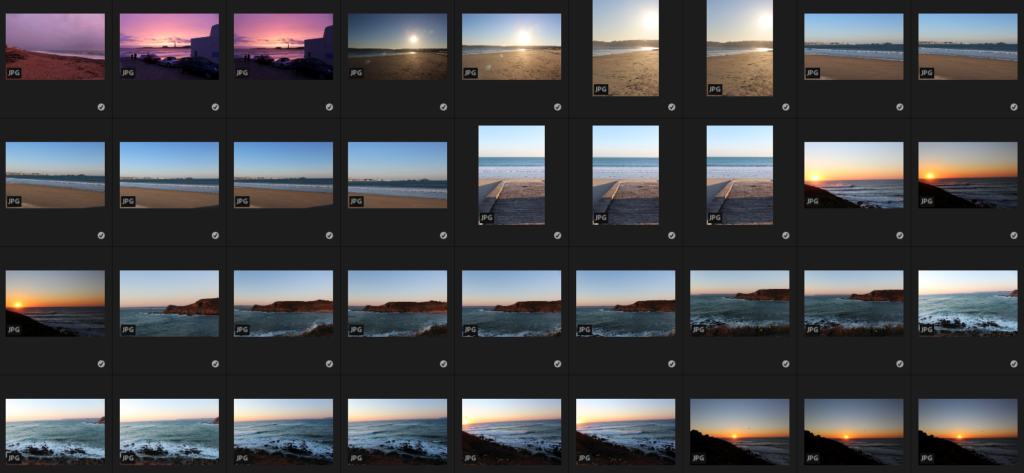
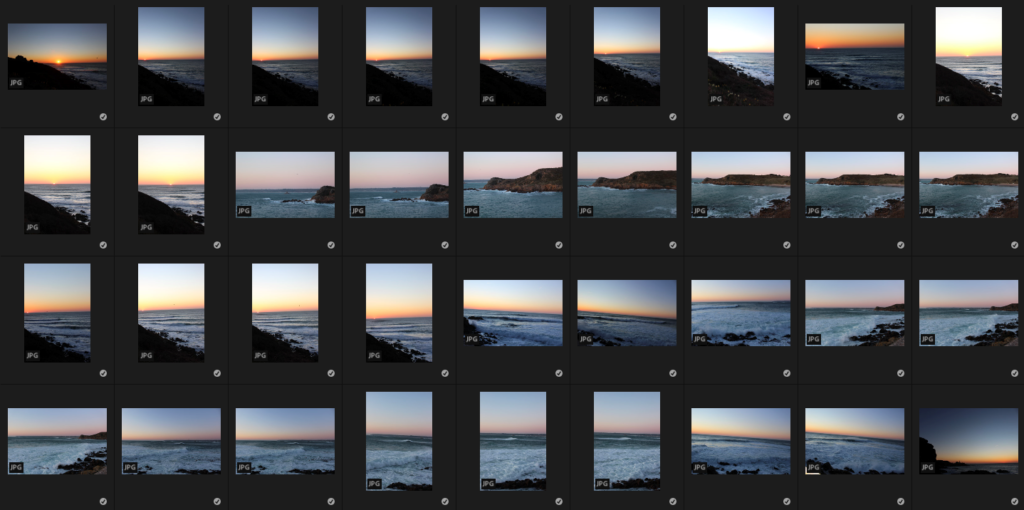

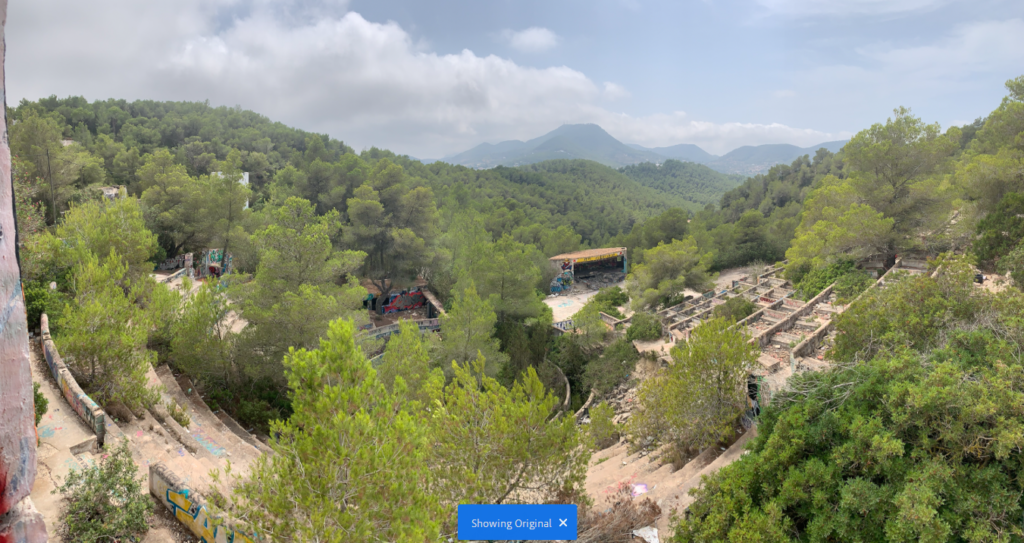



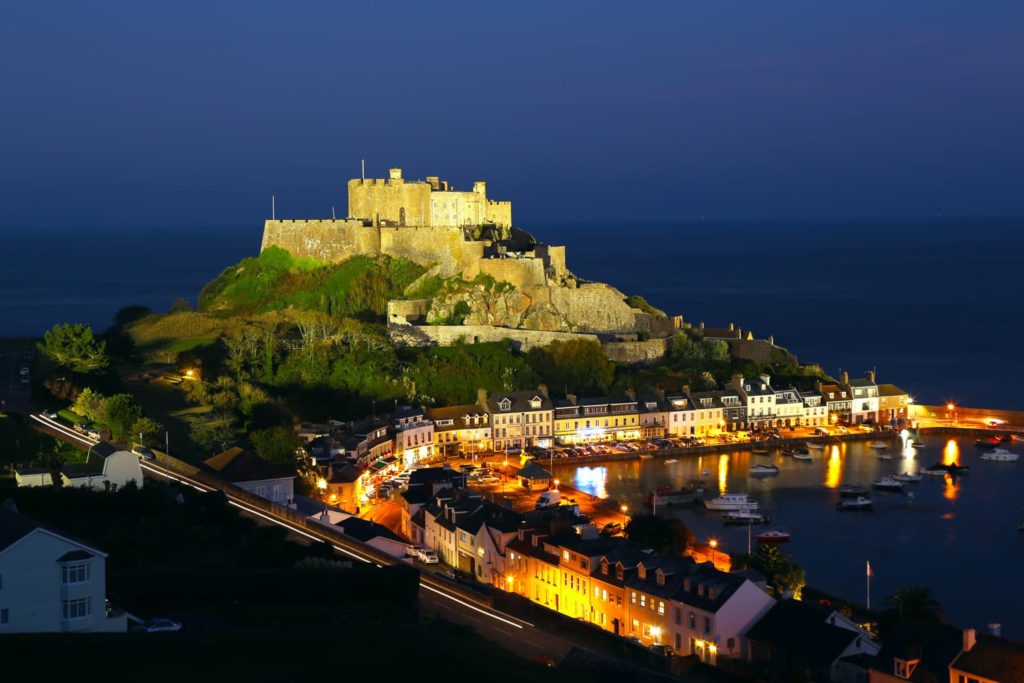

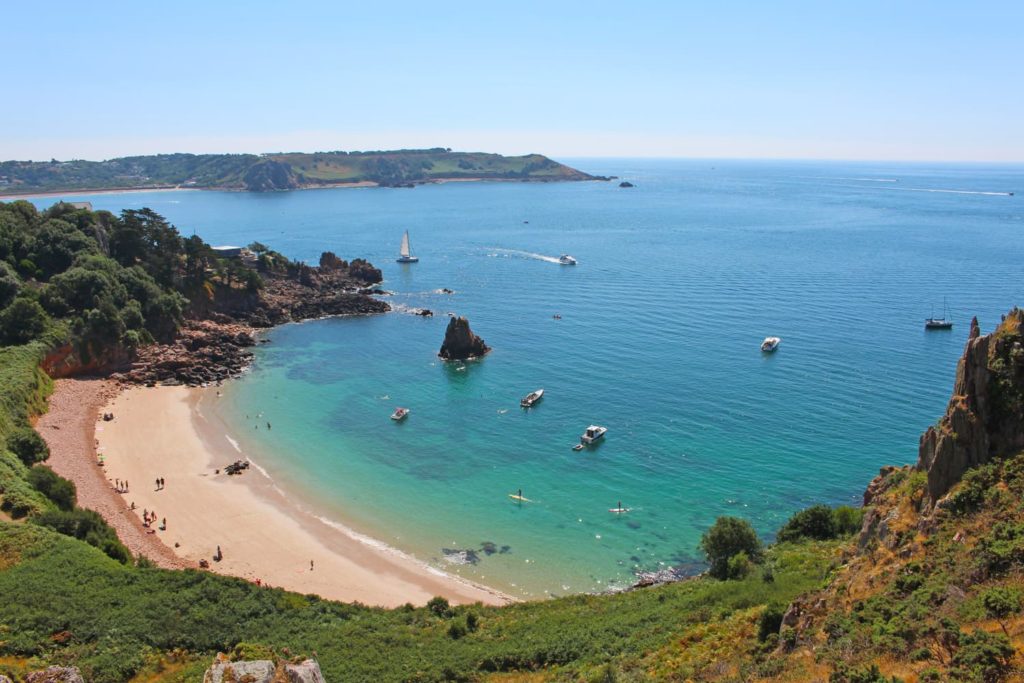
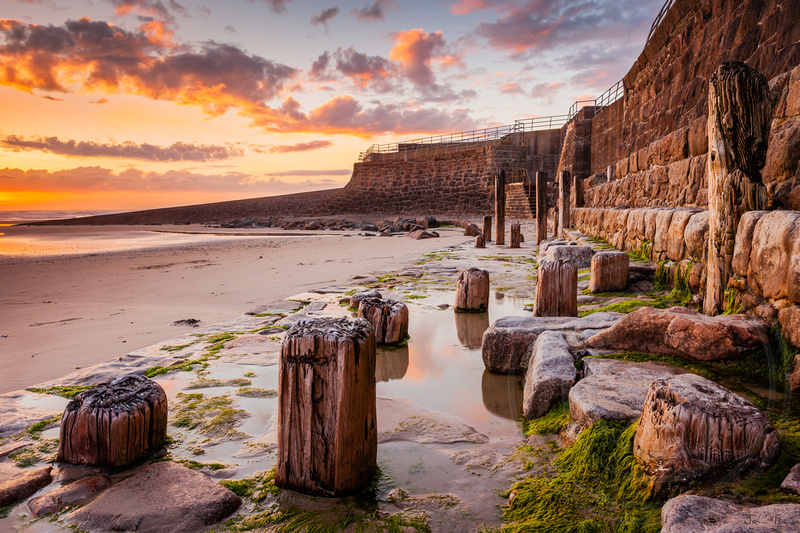
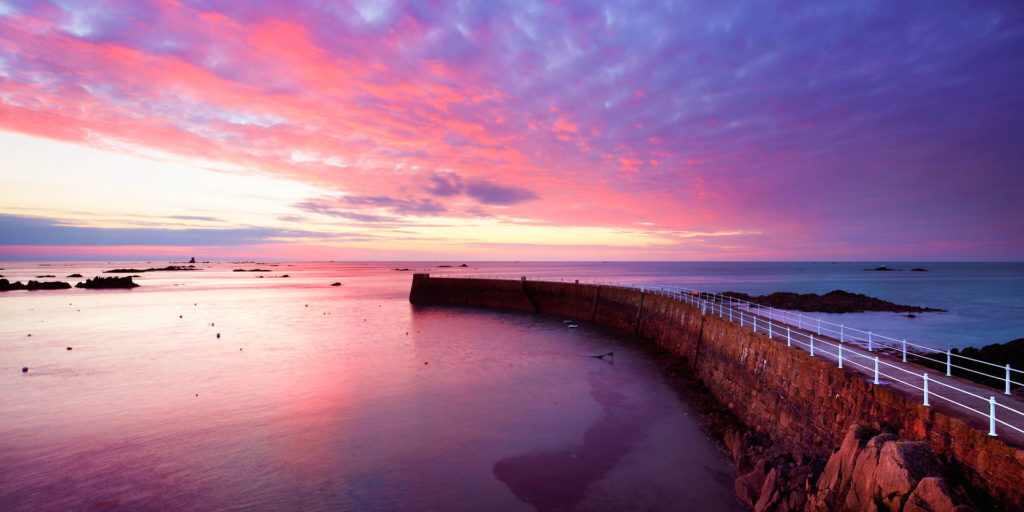
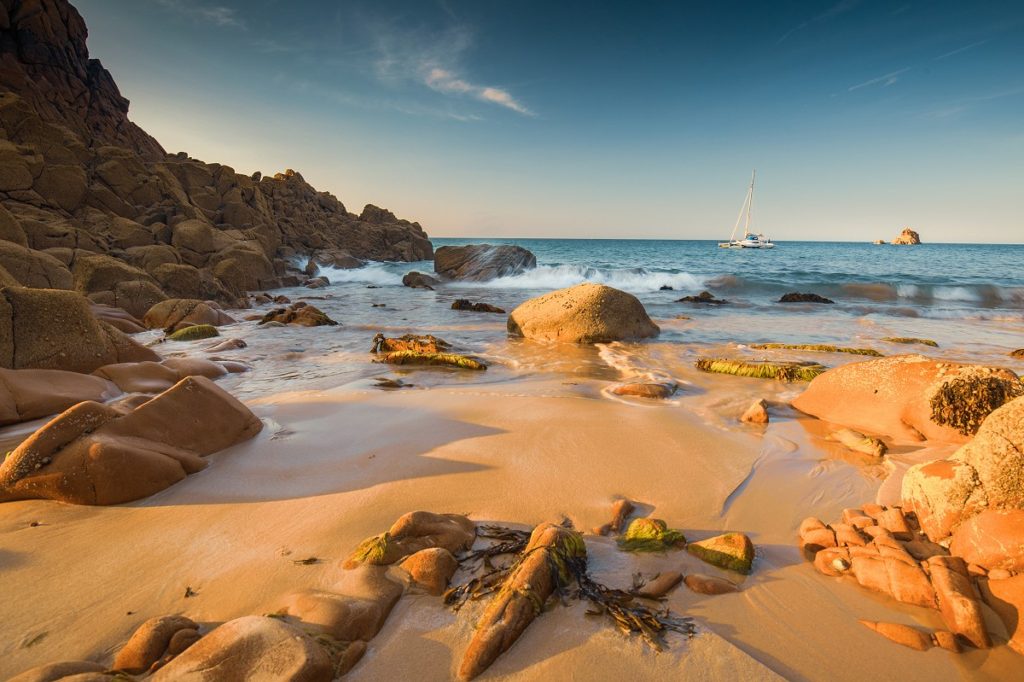
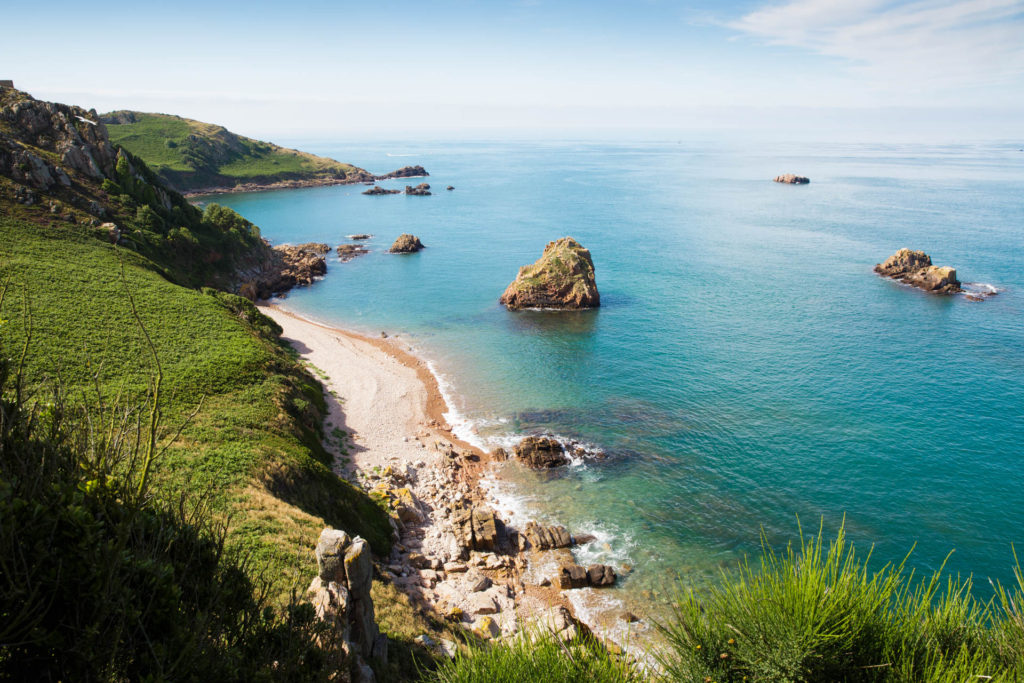
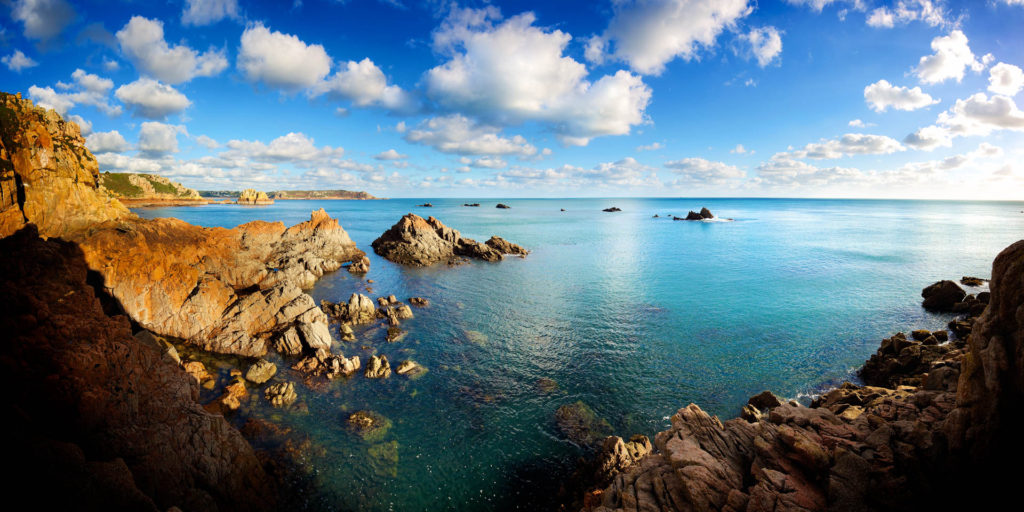


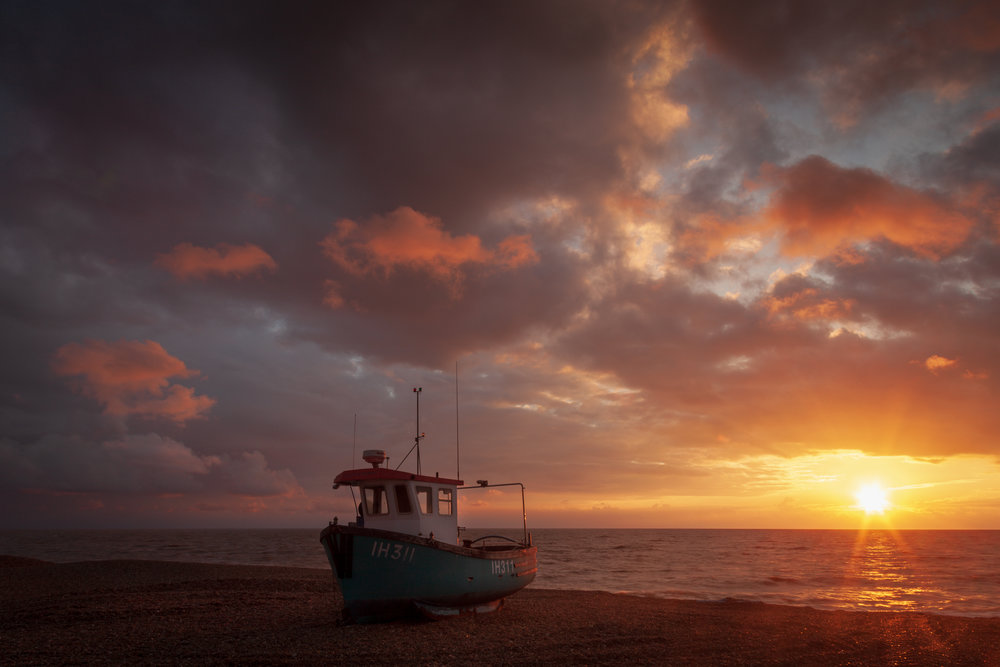
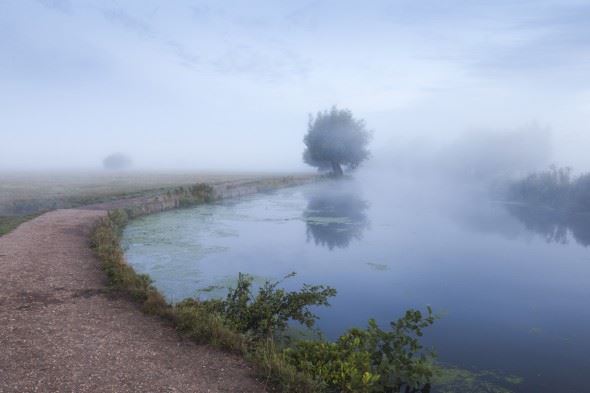

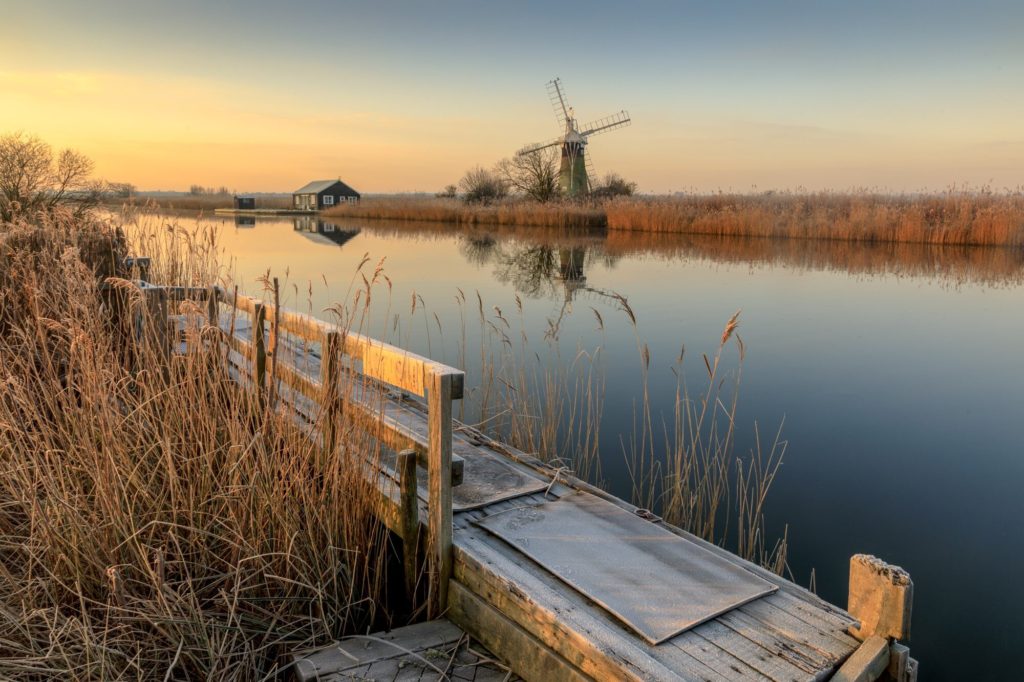

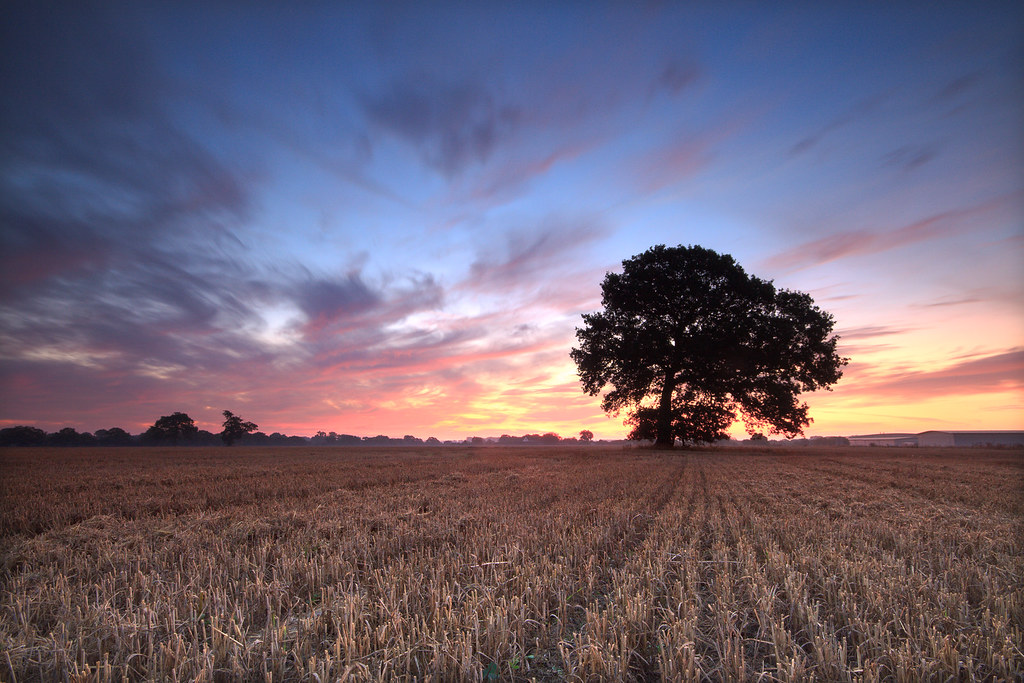
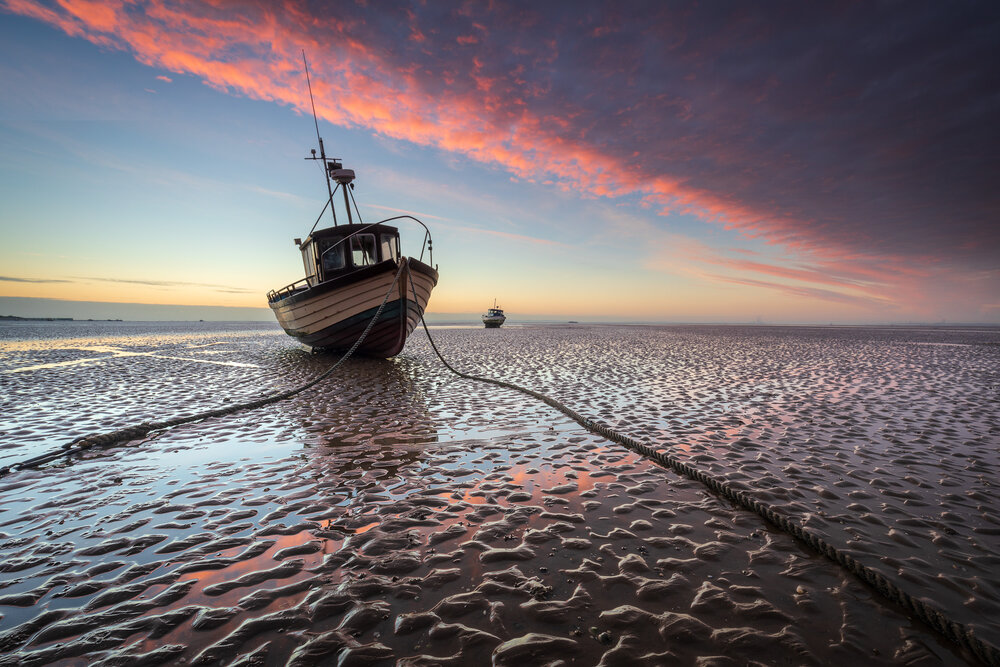
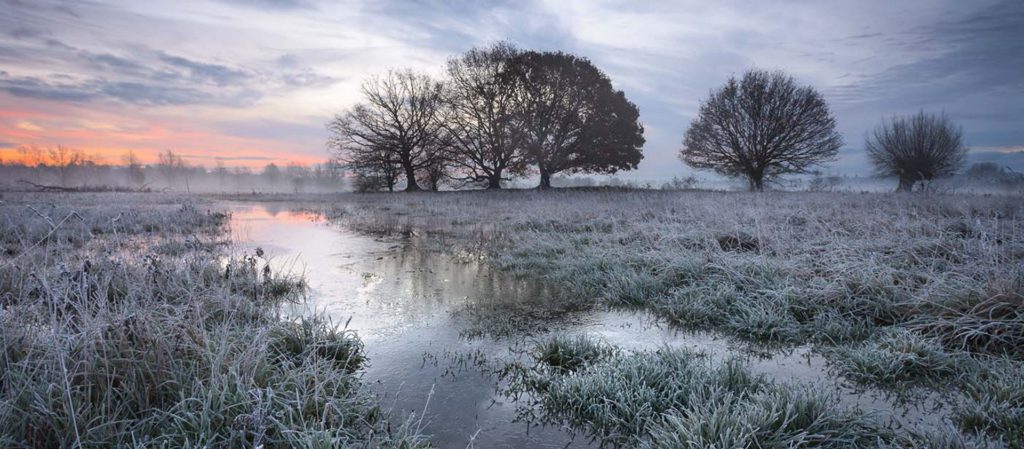

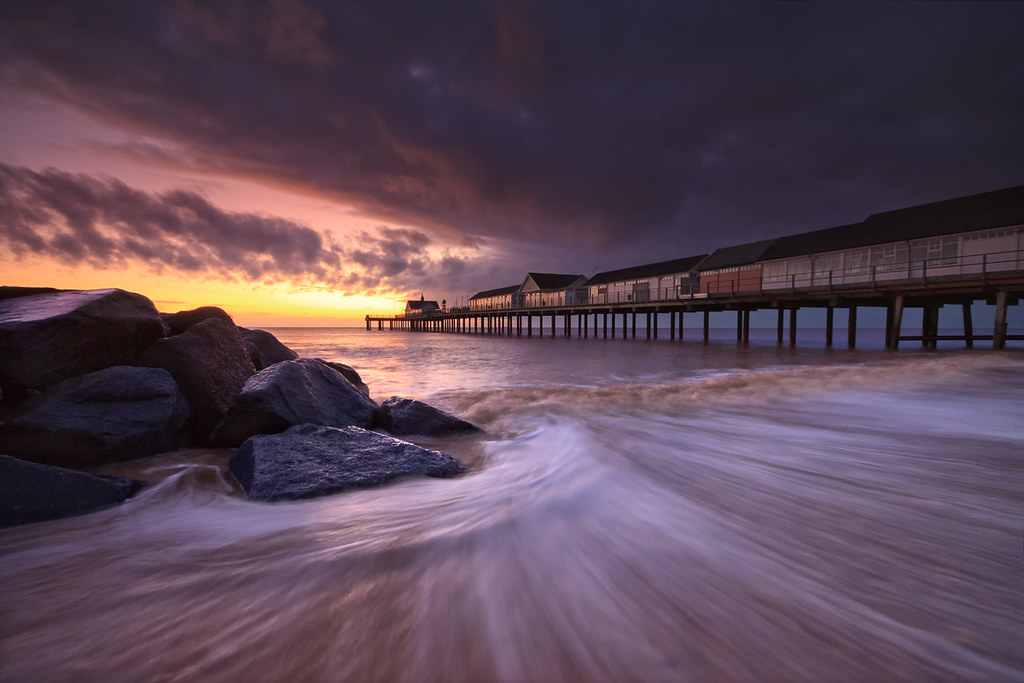
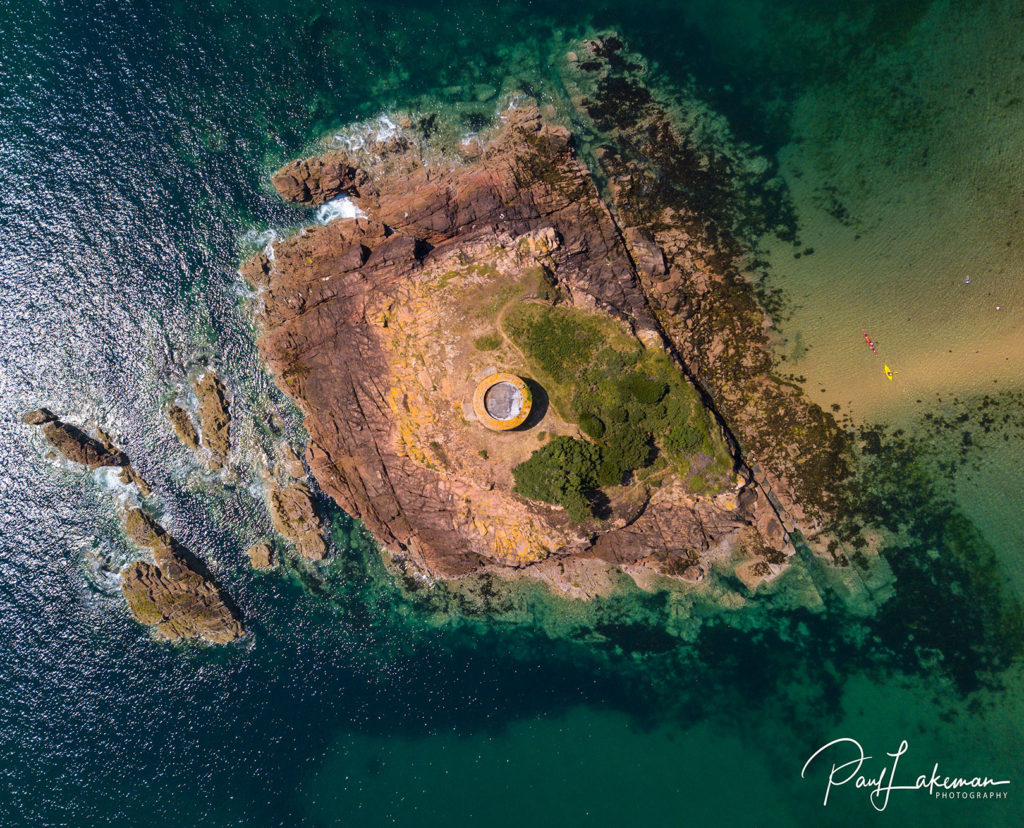
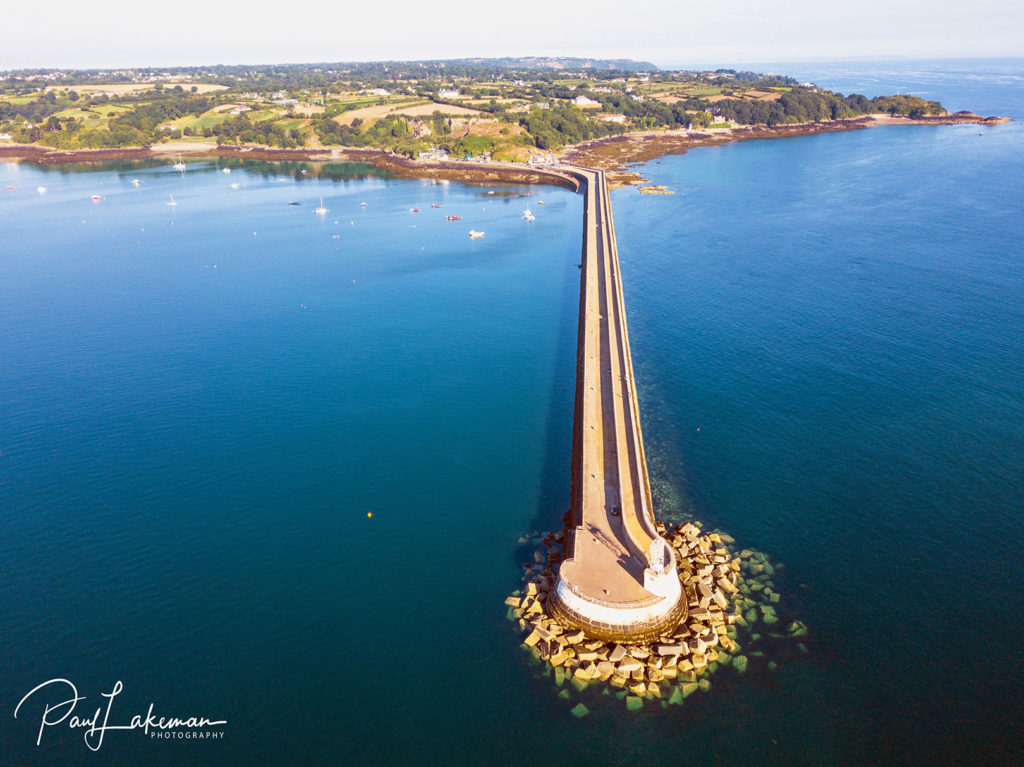
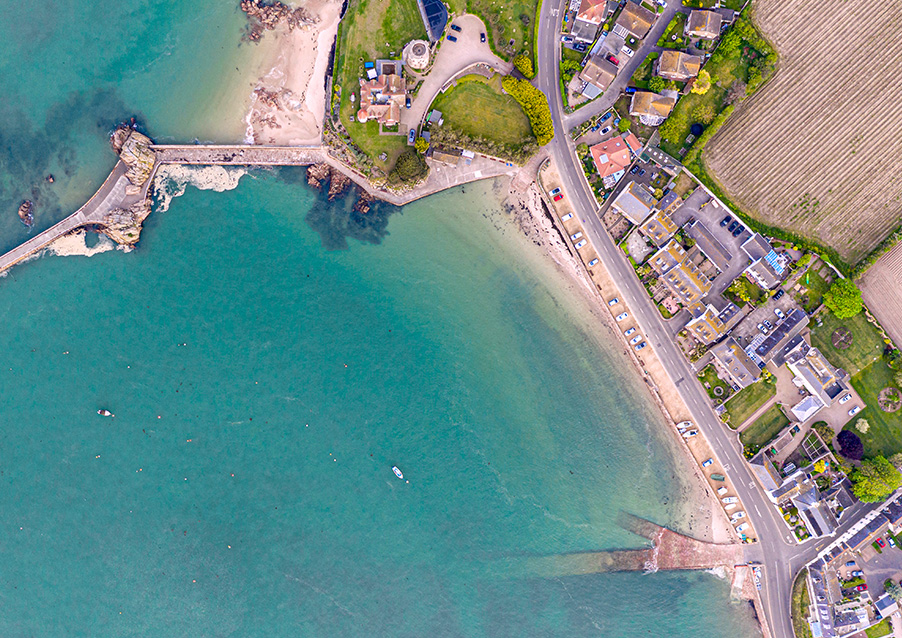
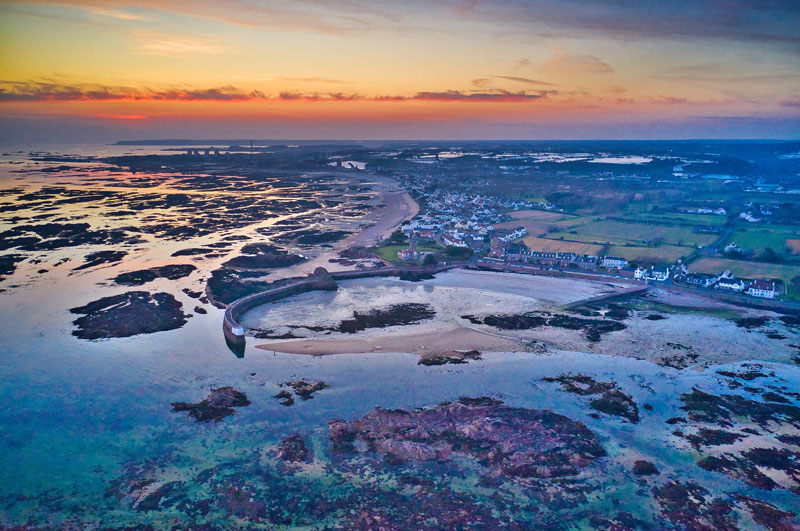



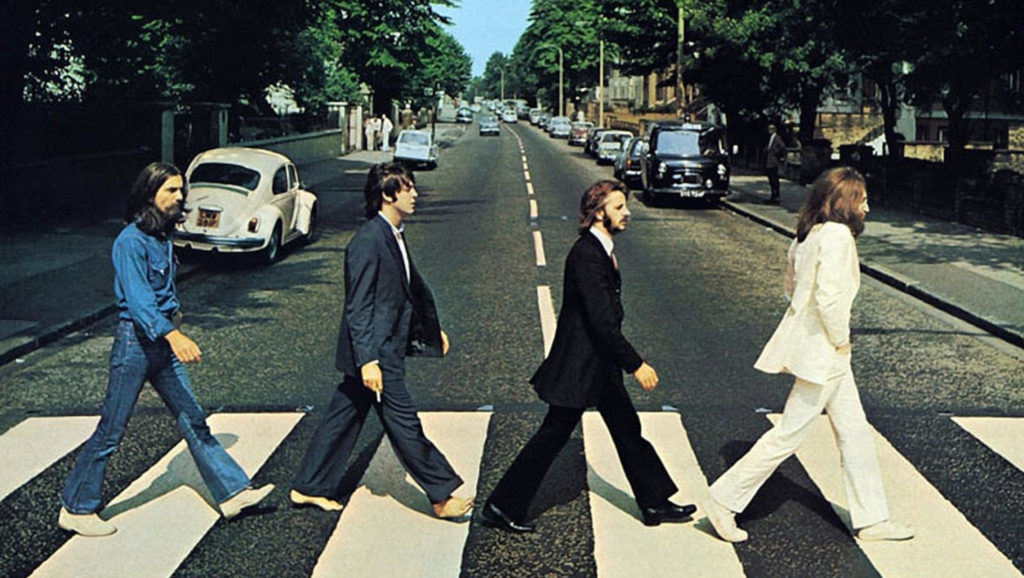

/brief-history-of-photography-2688527-FINAL-5bef134d46e0fb0026cda5f9.png)
